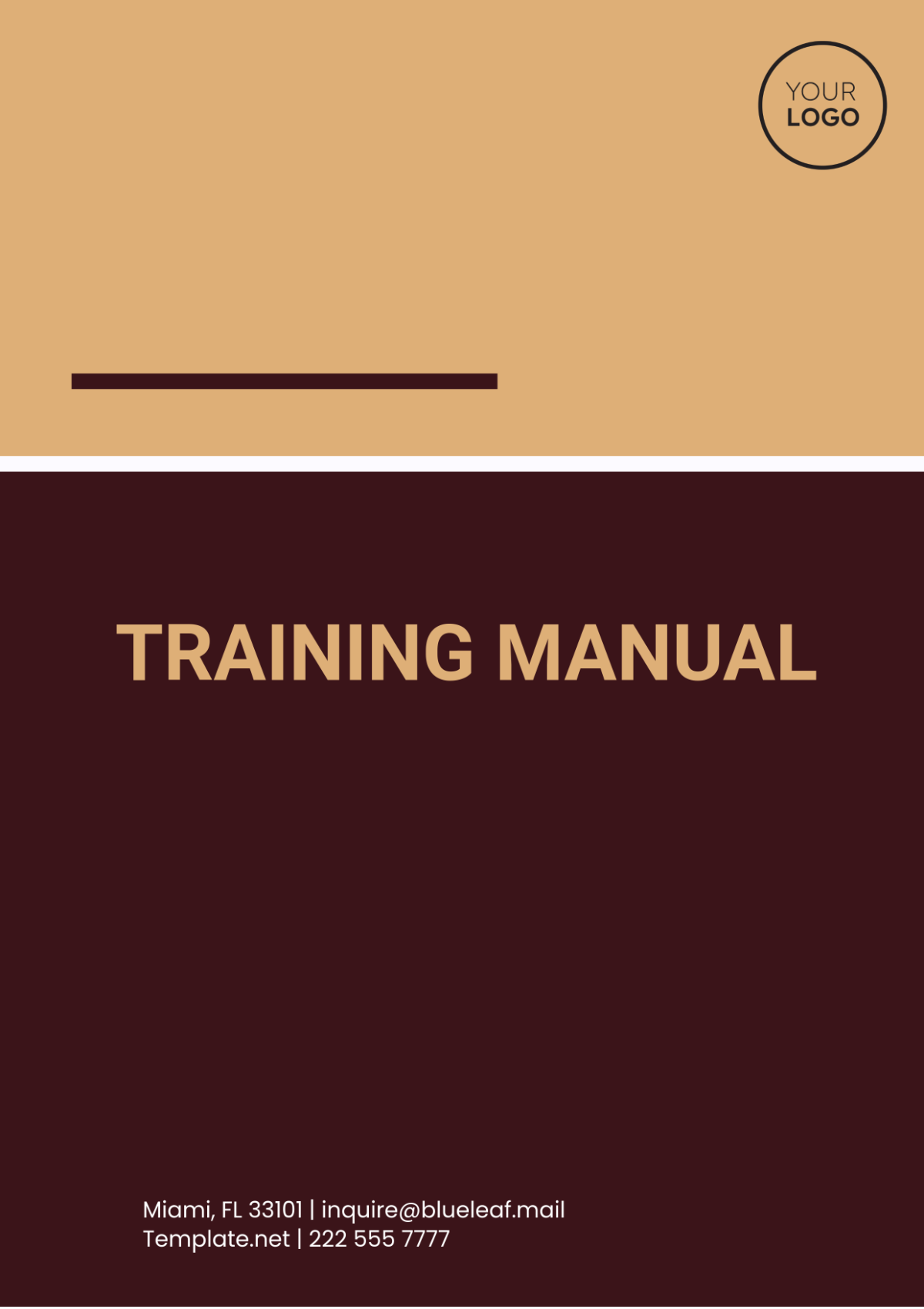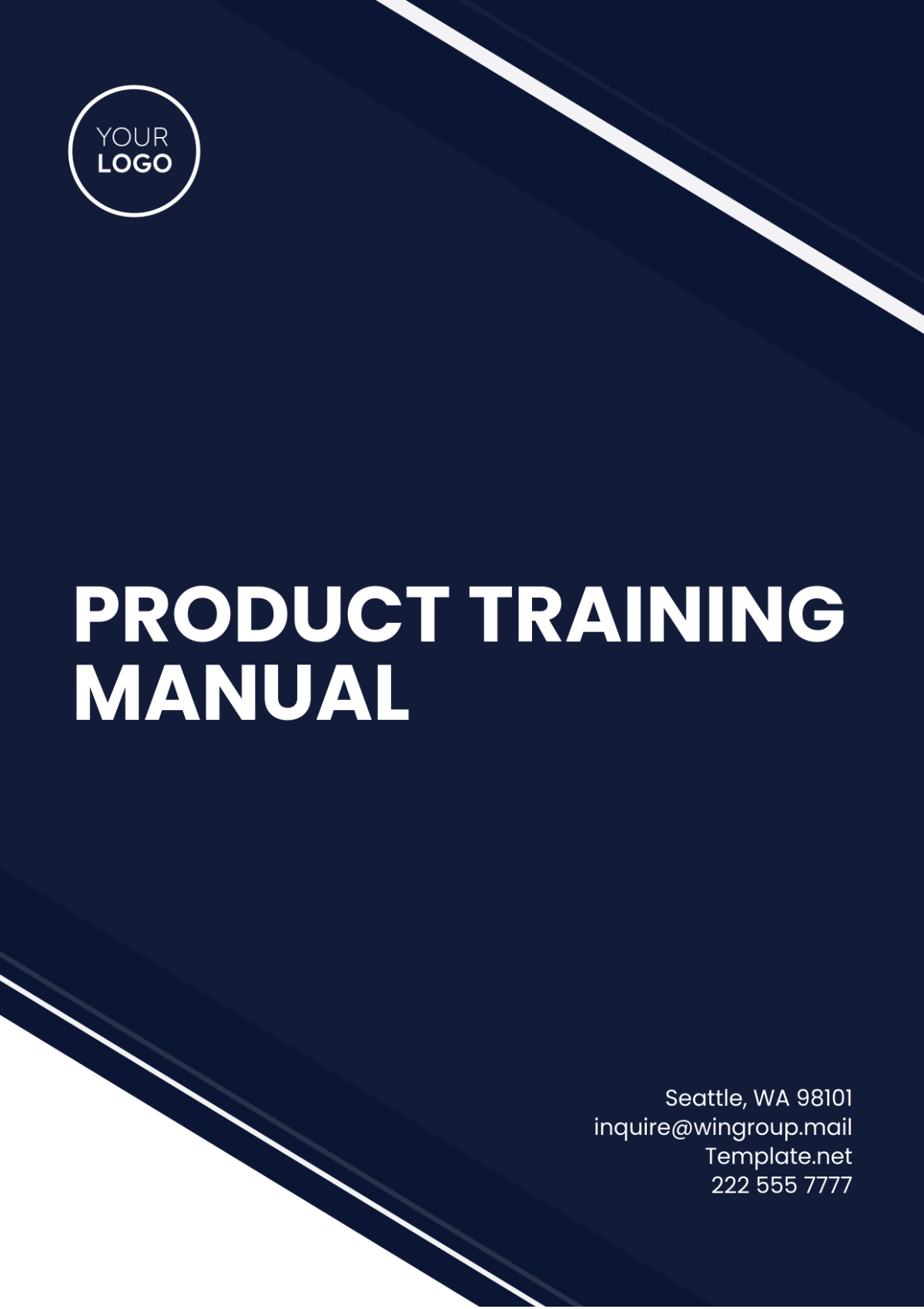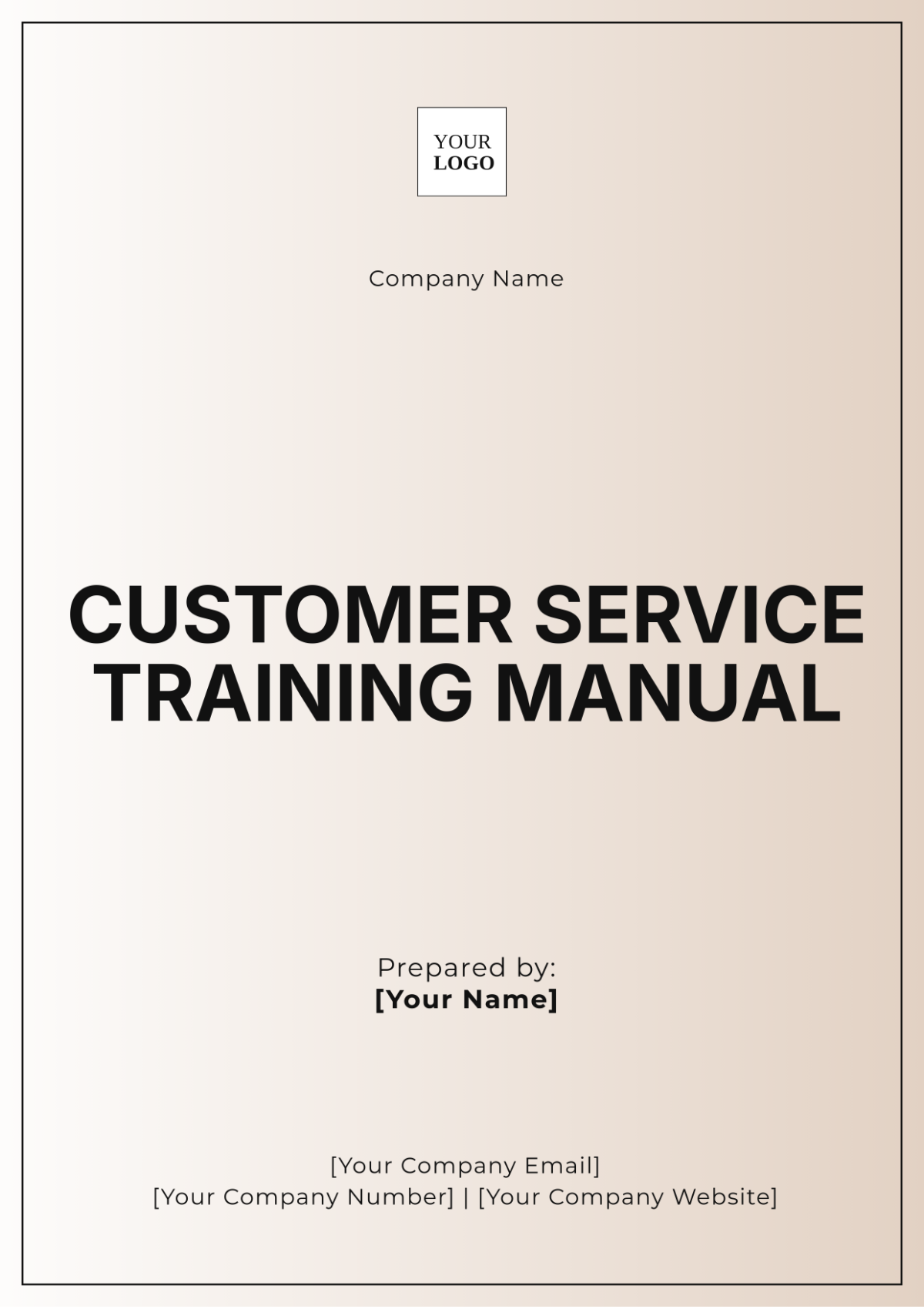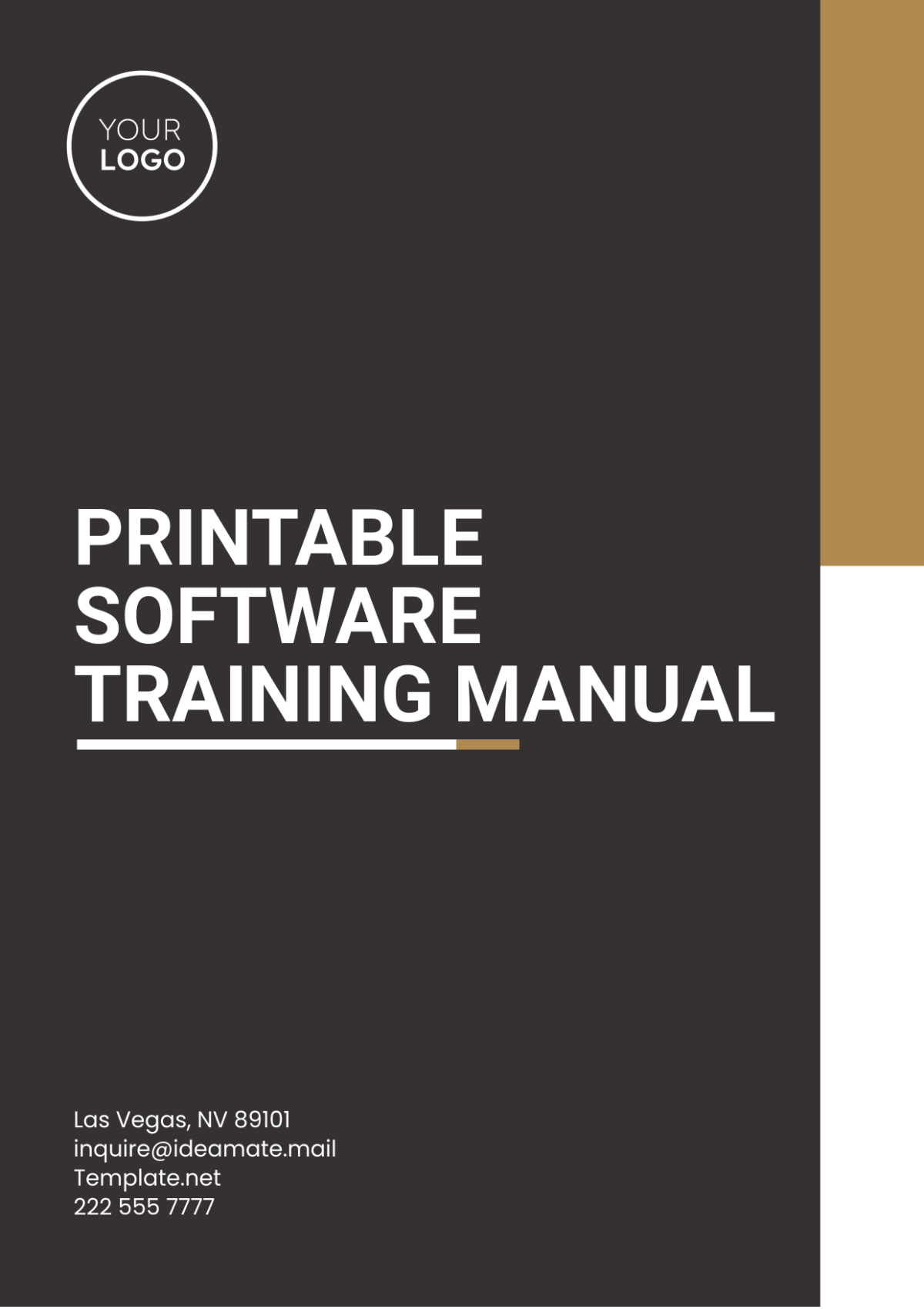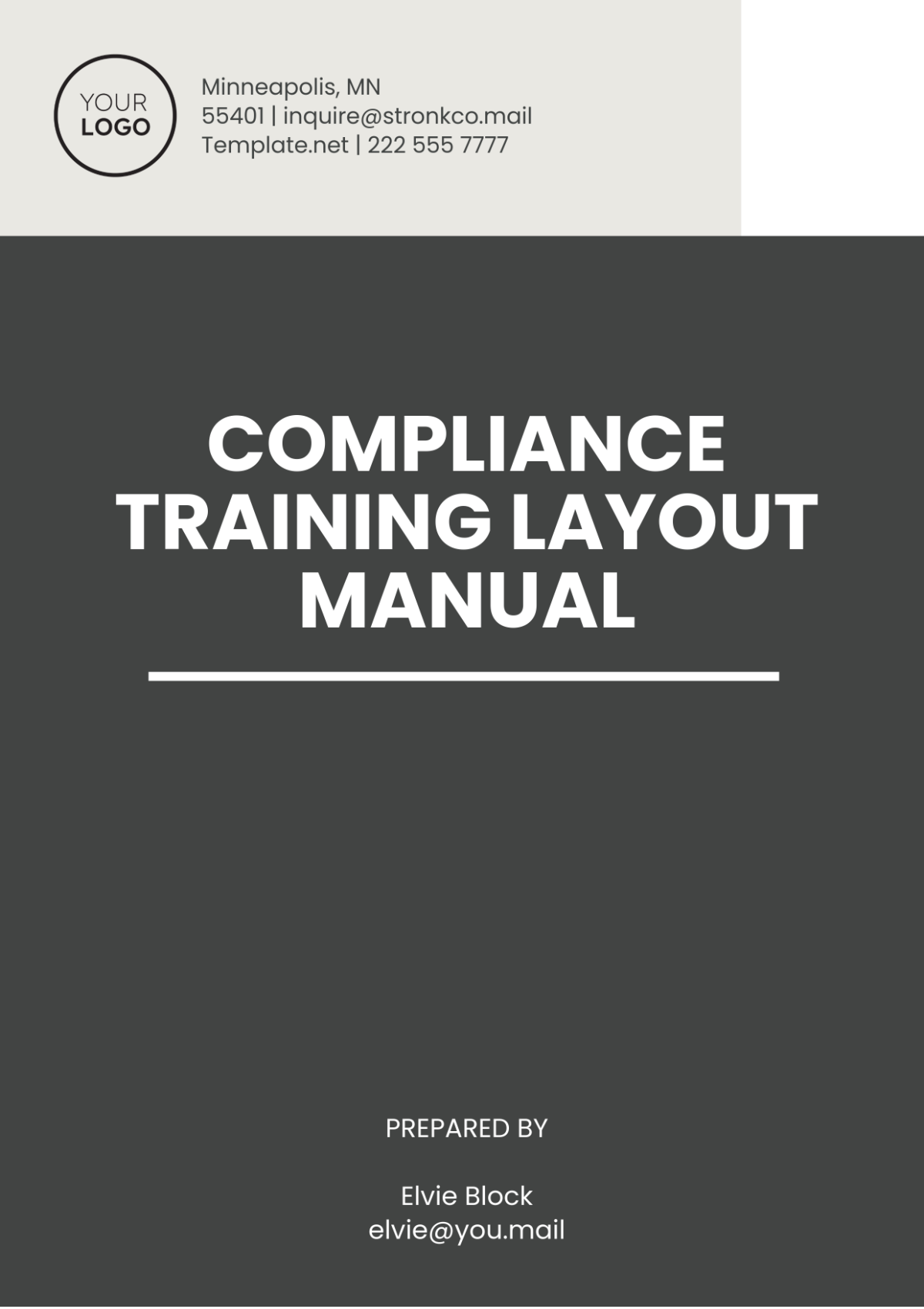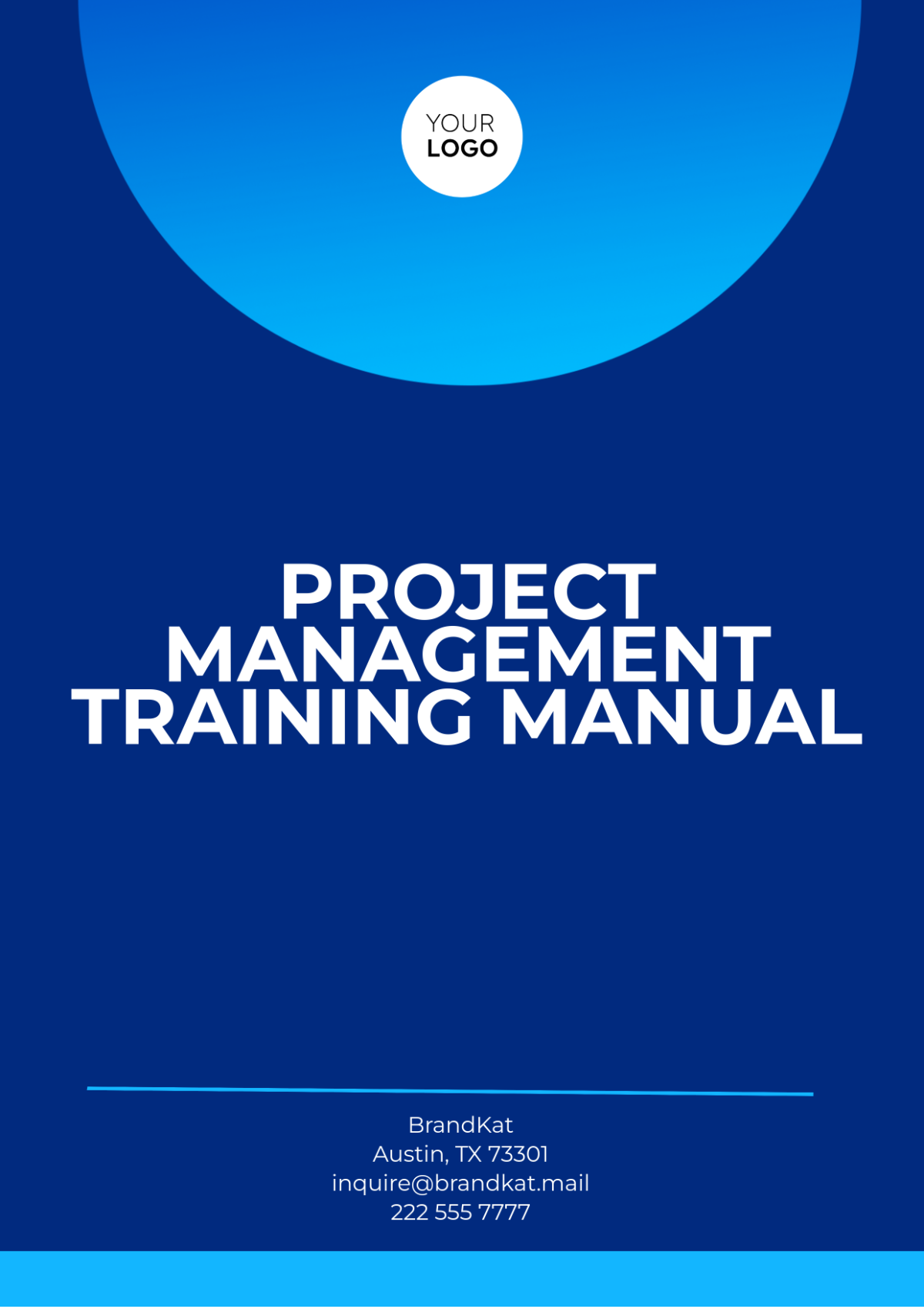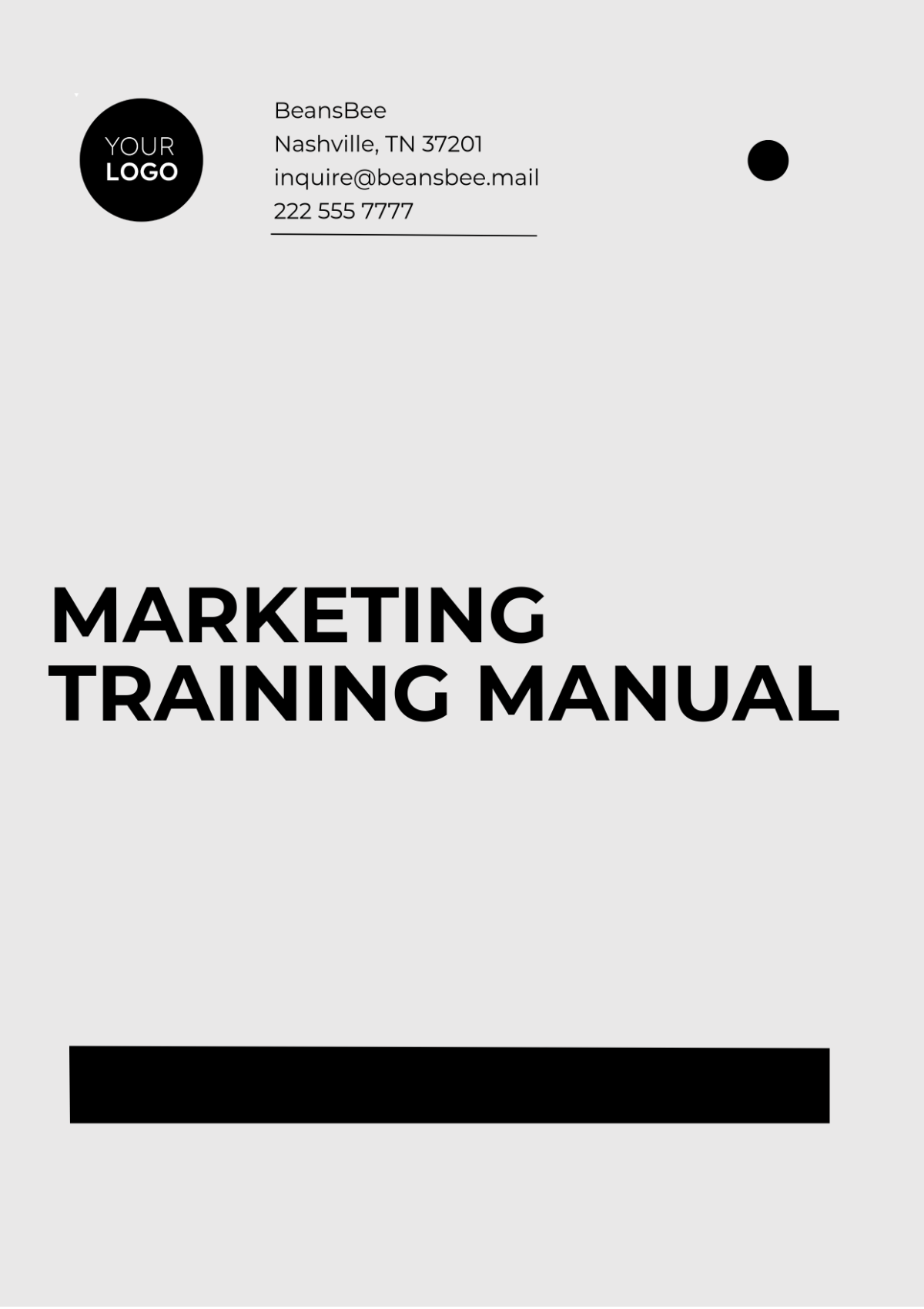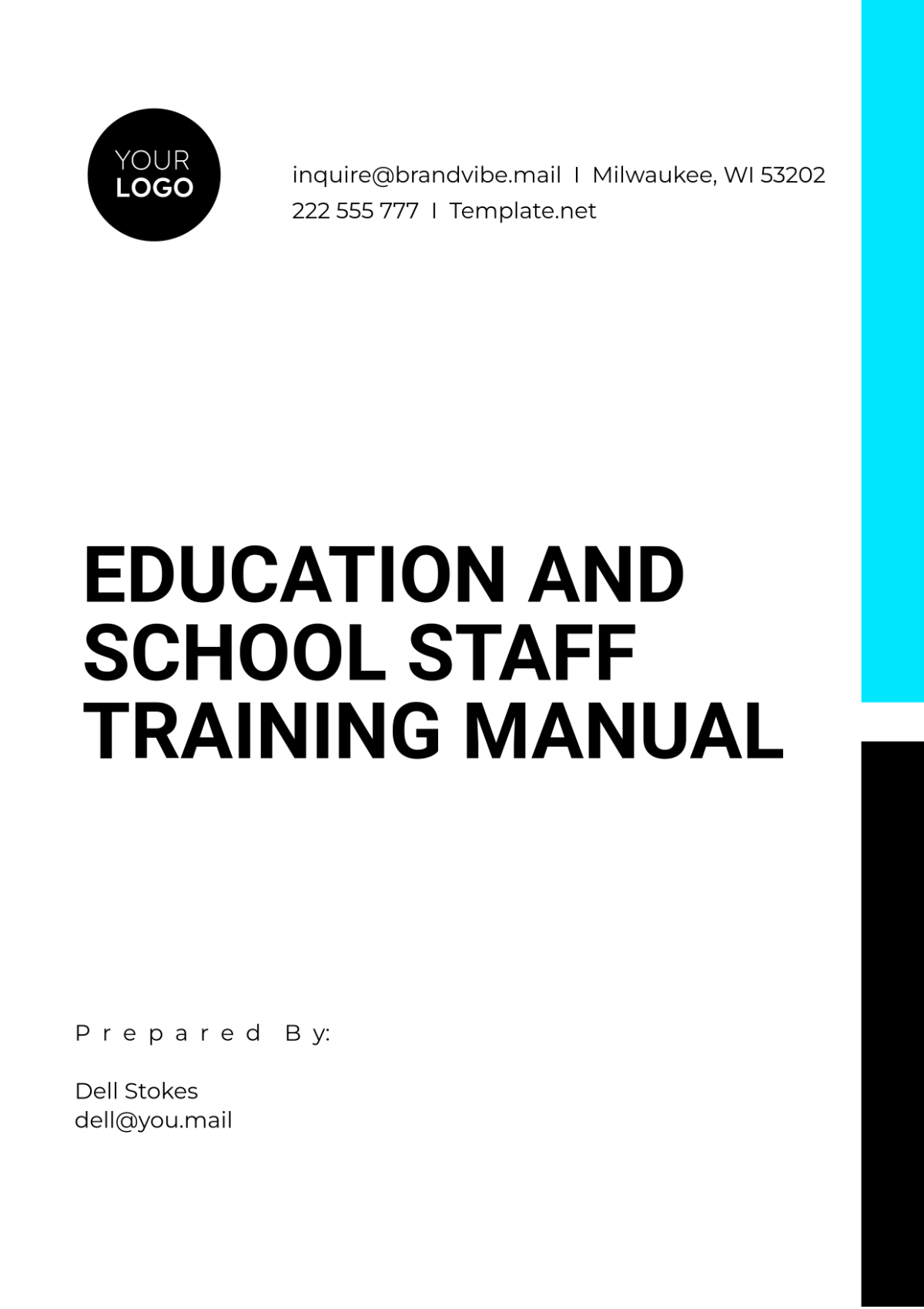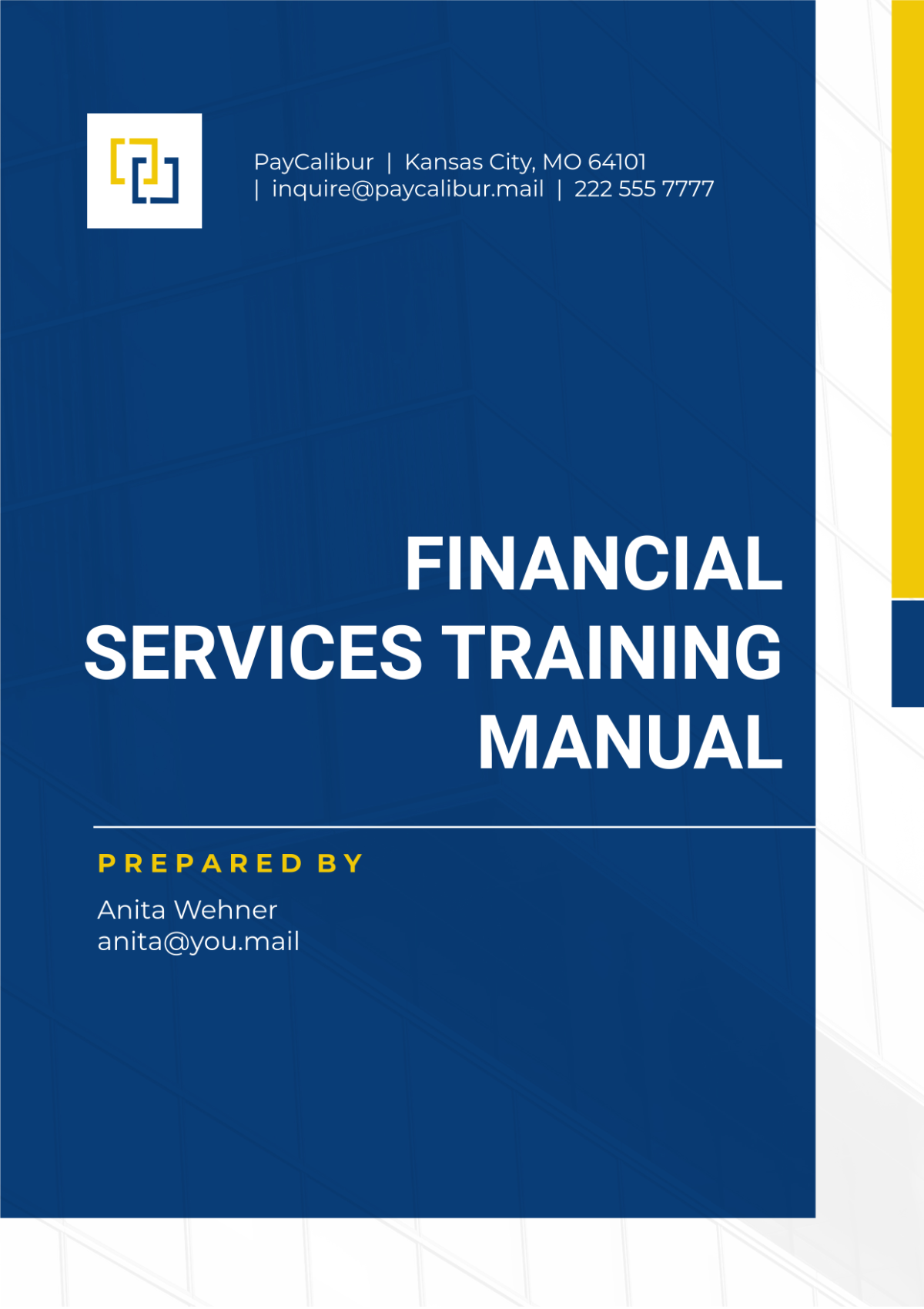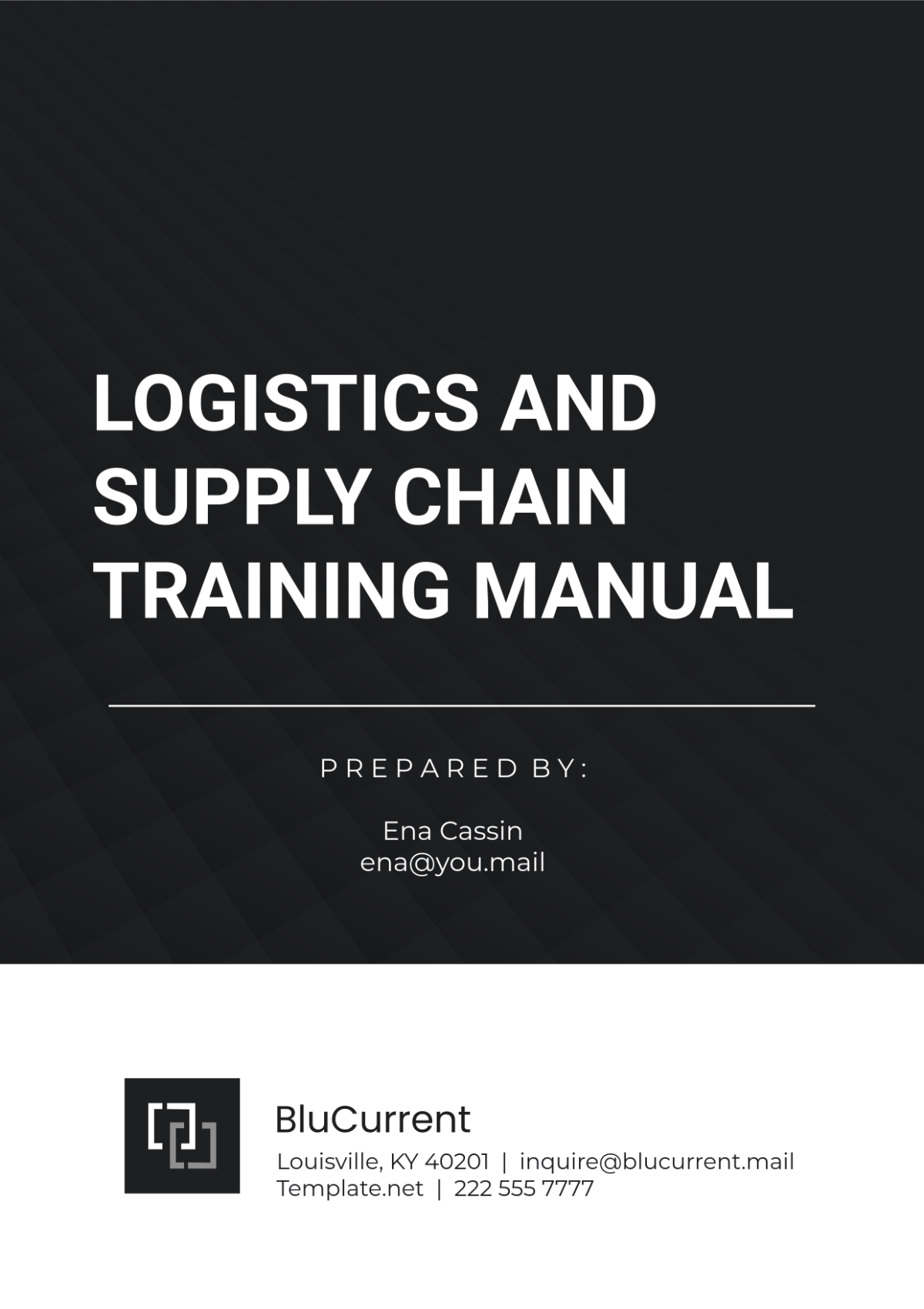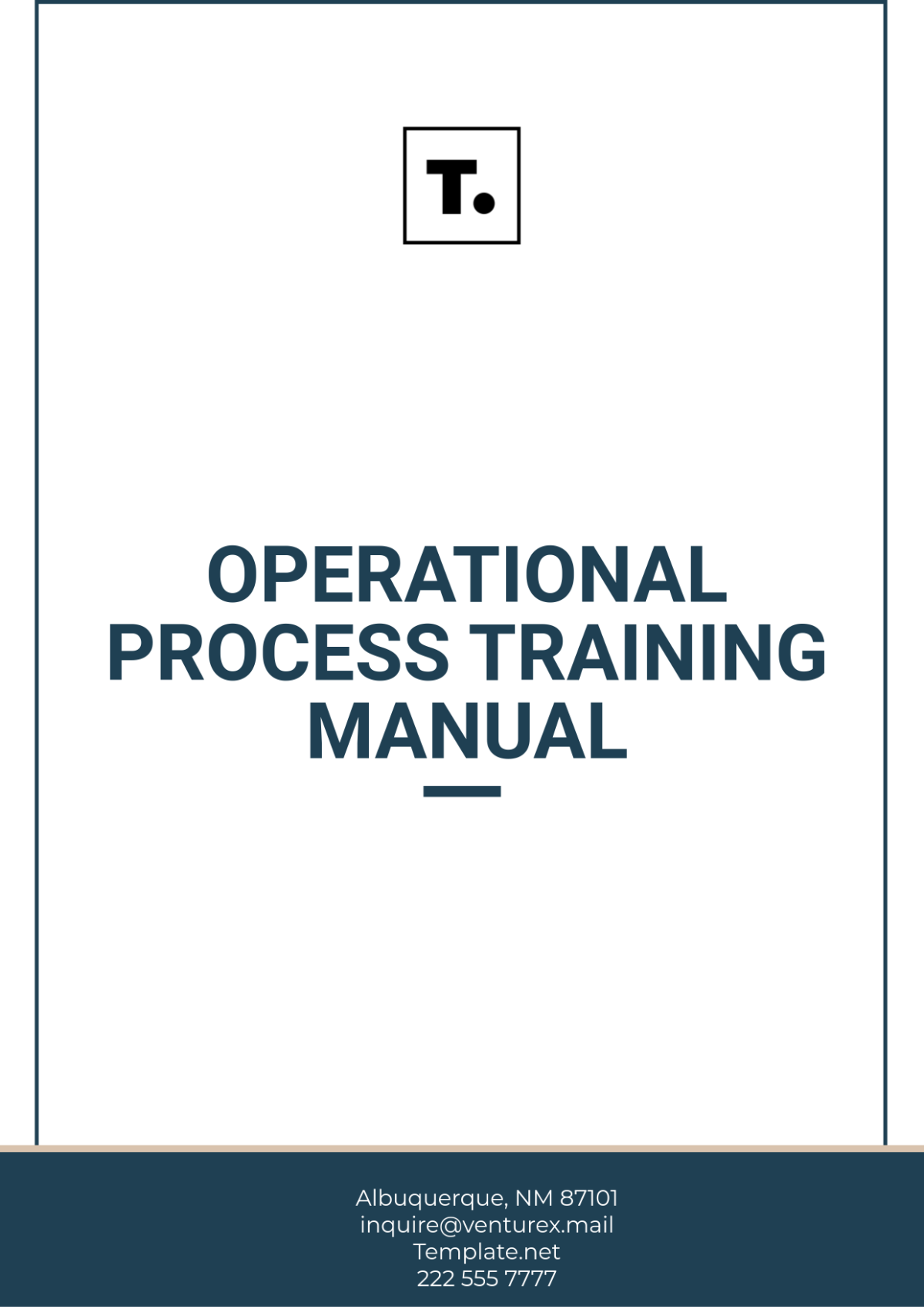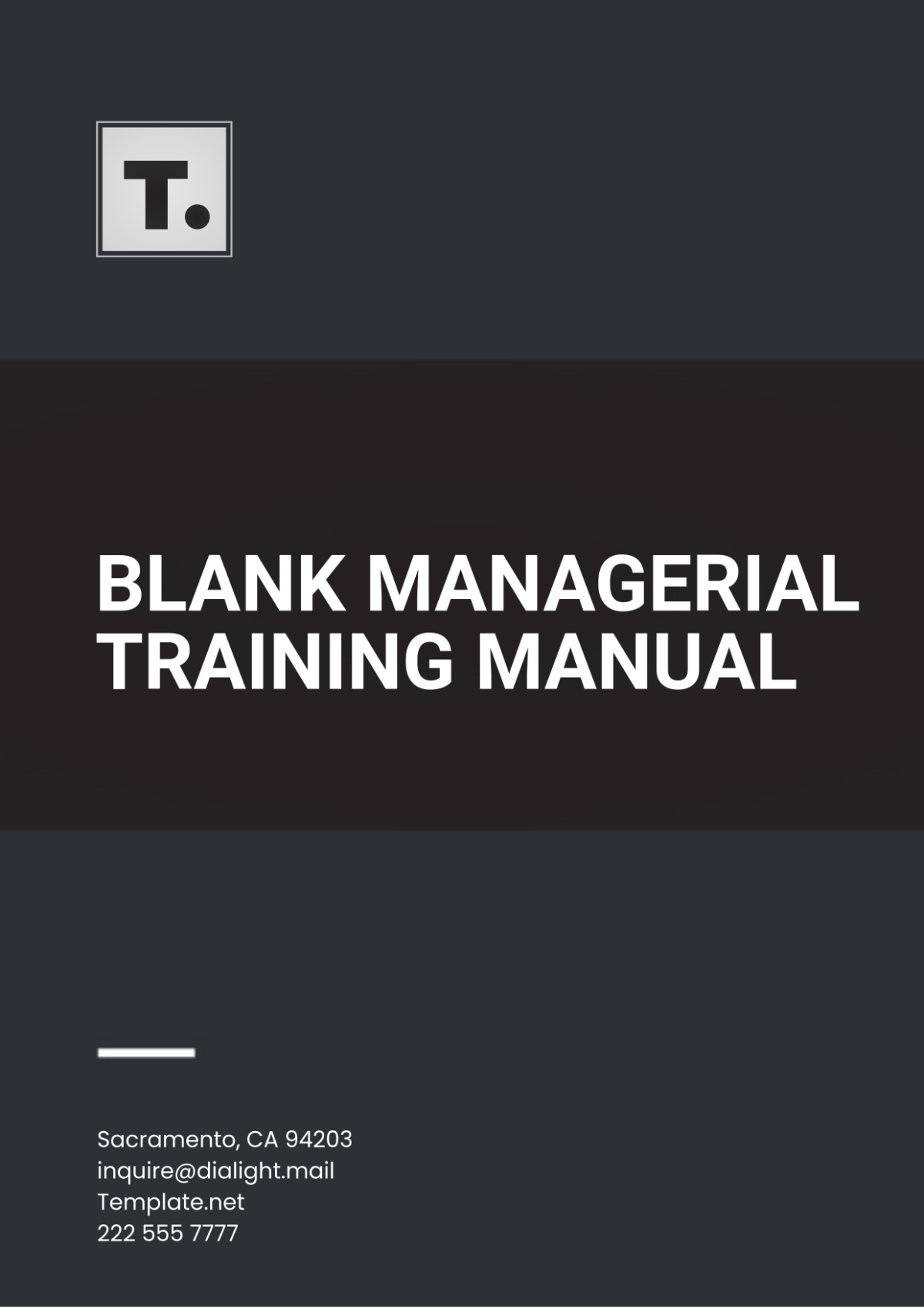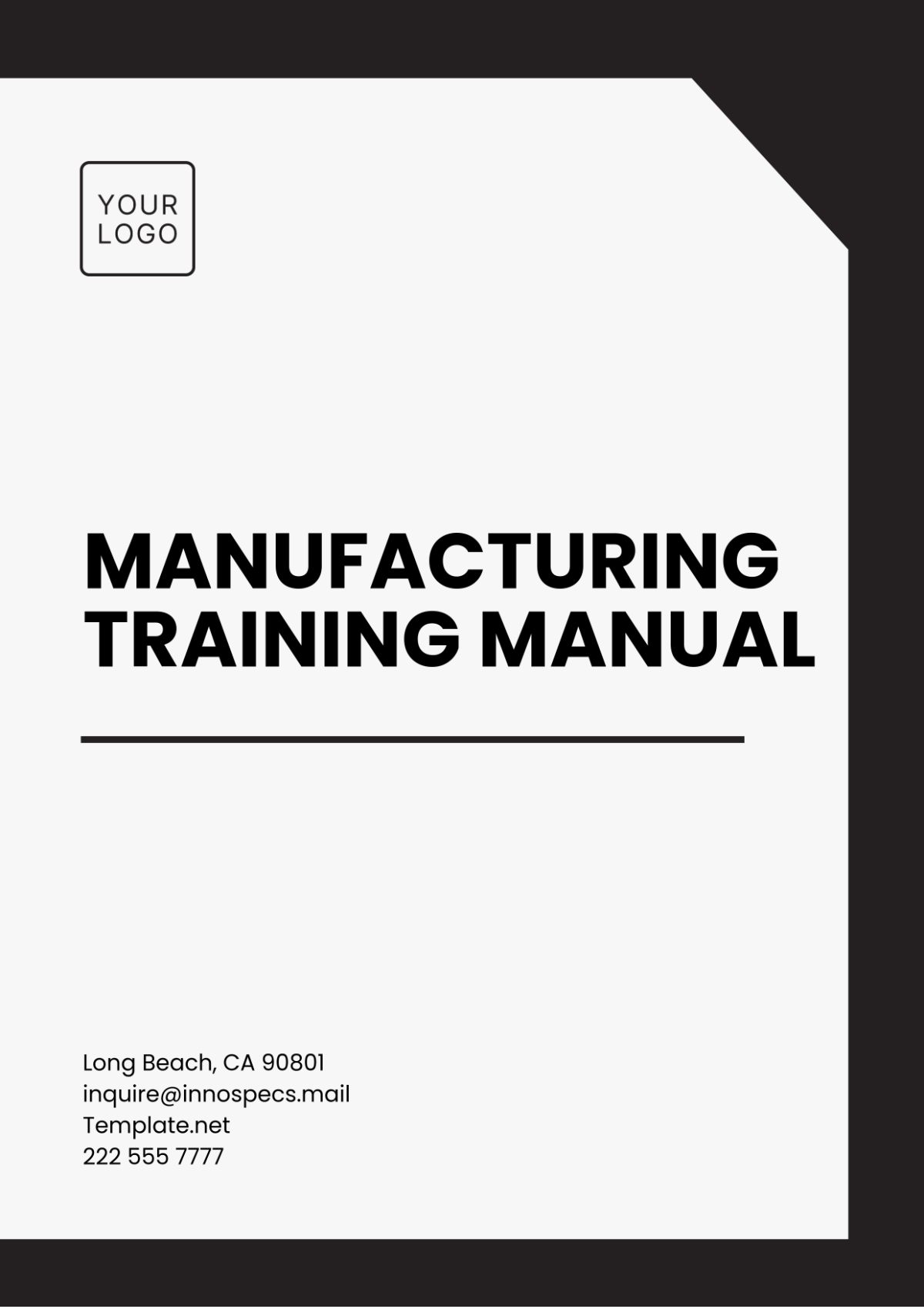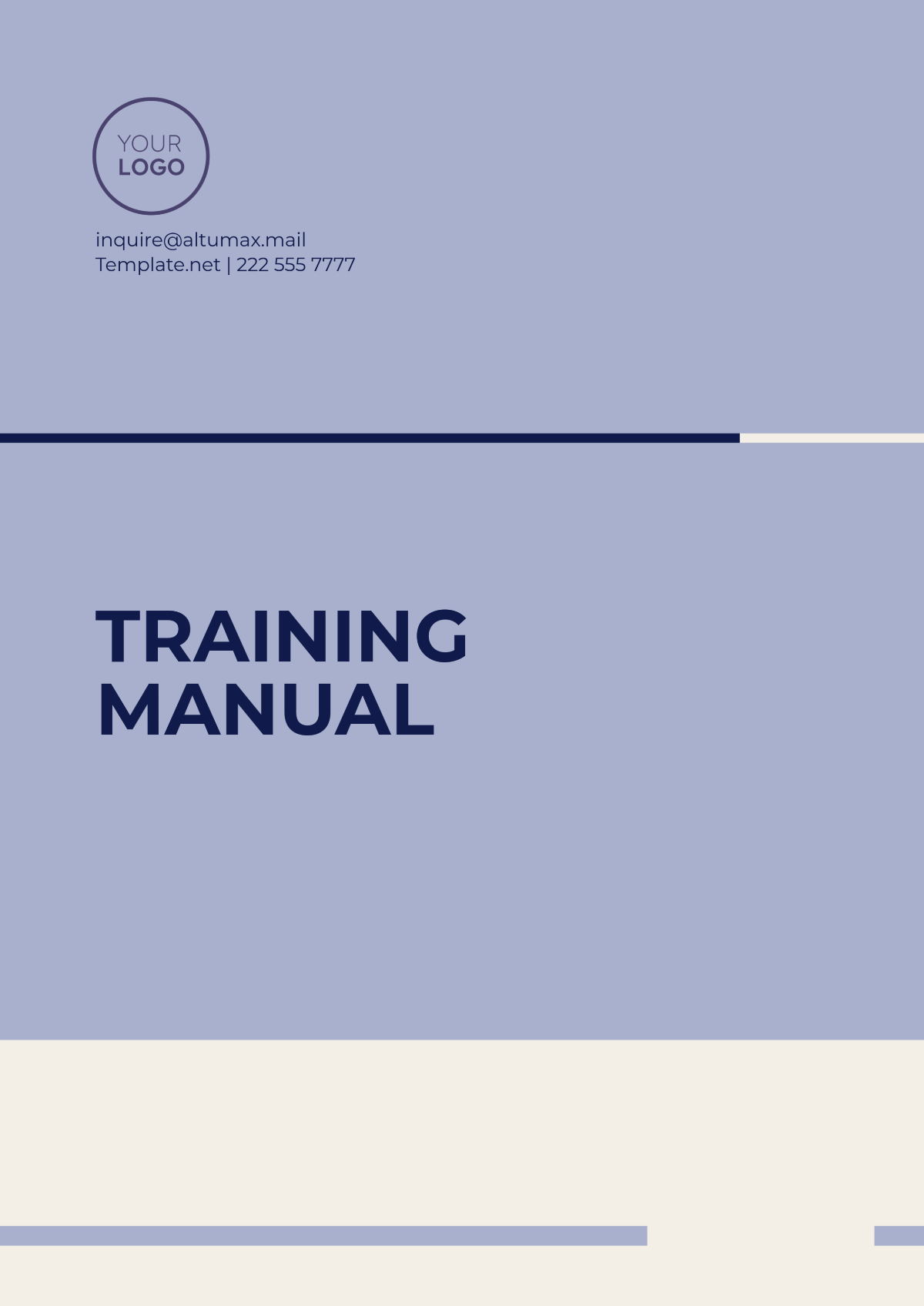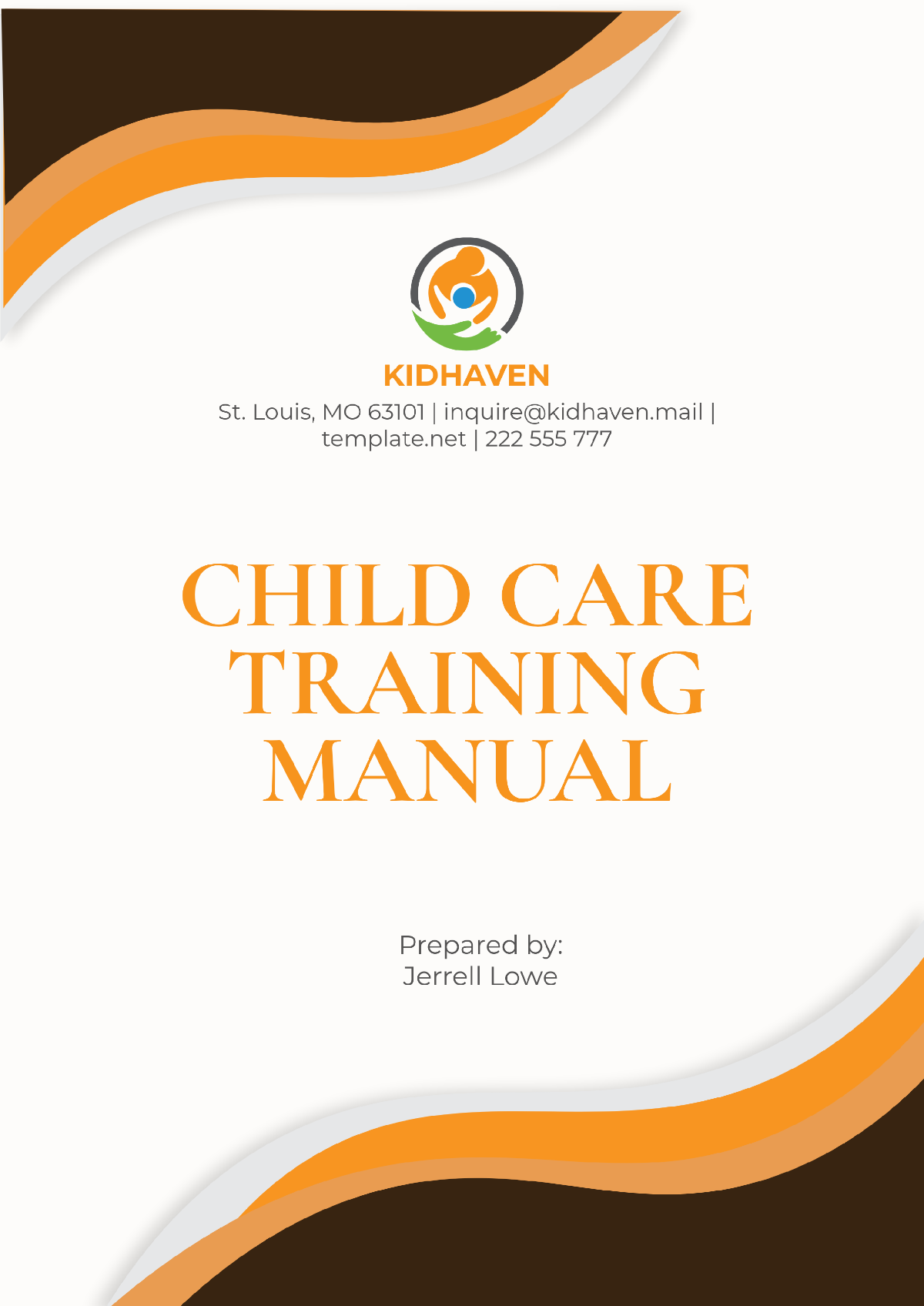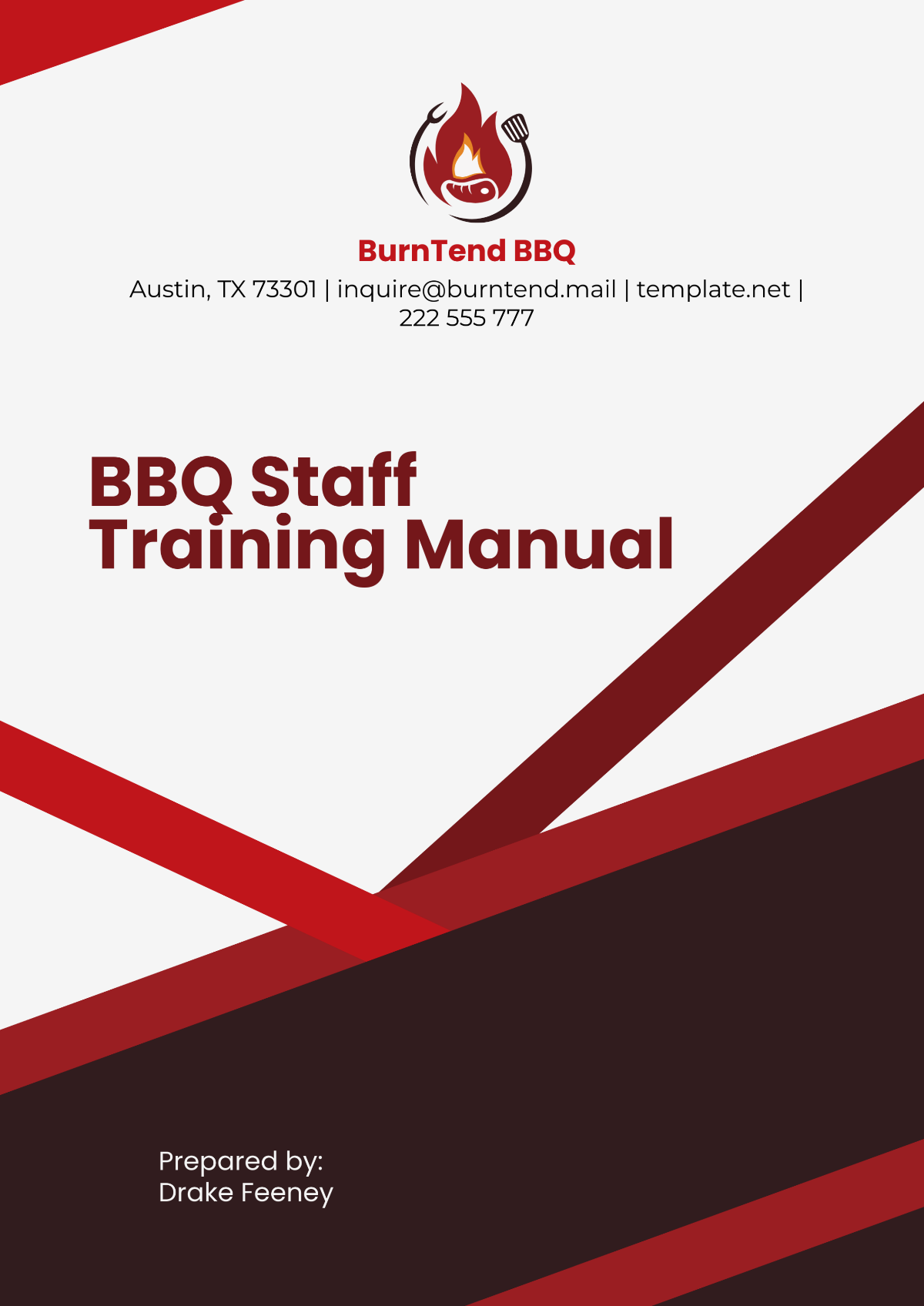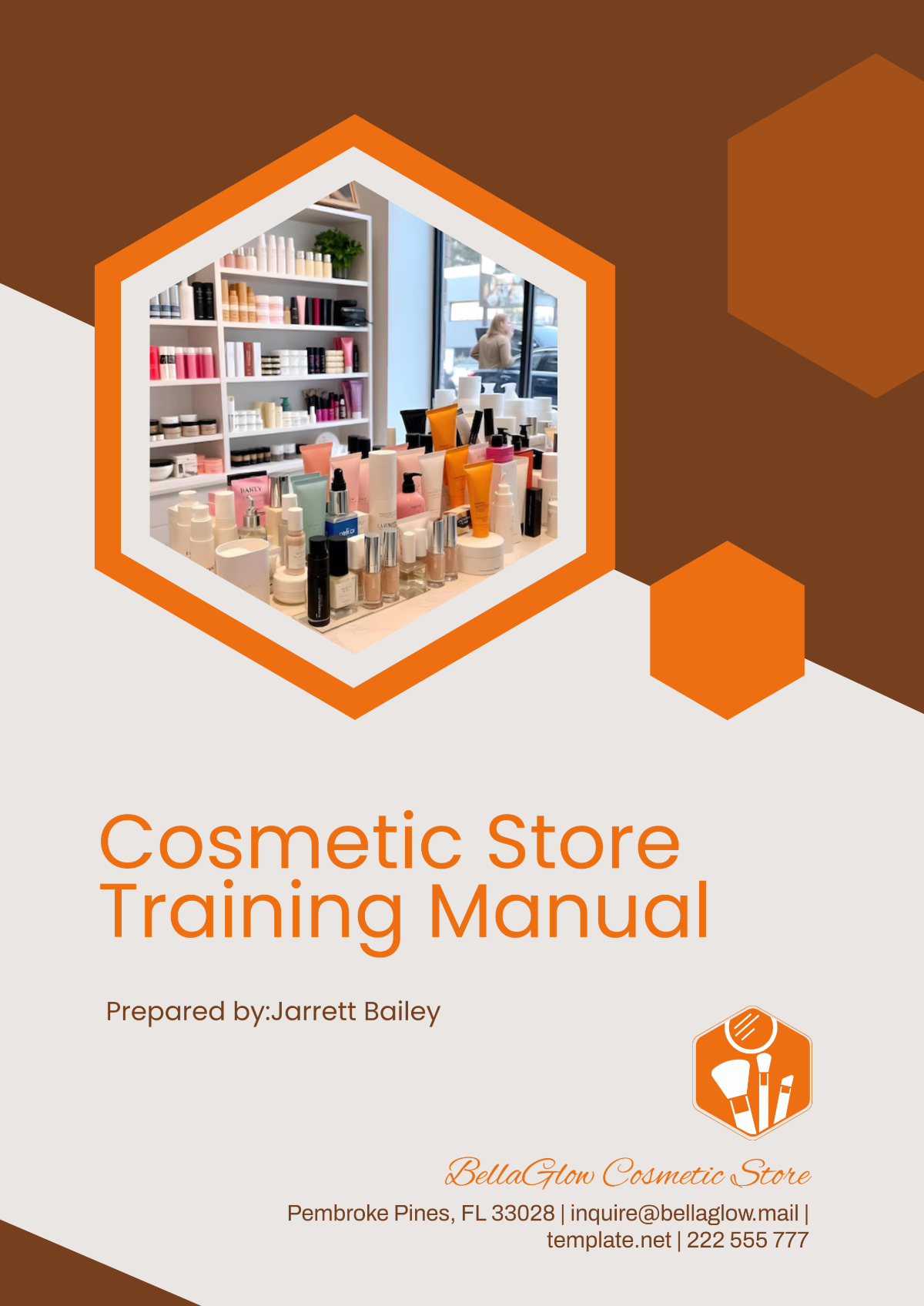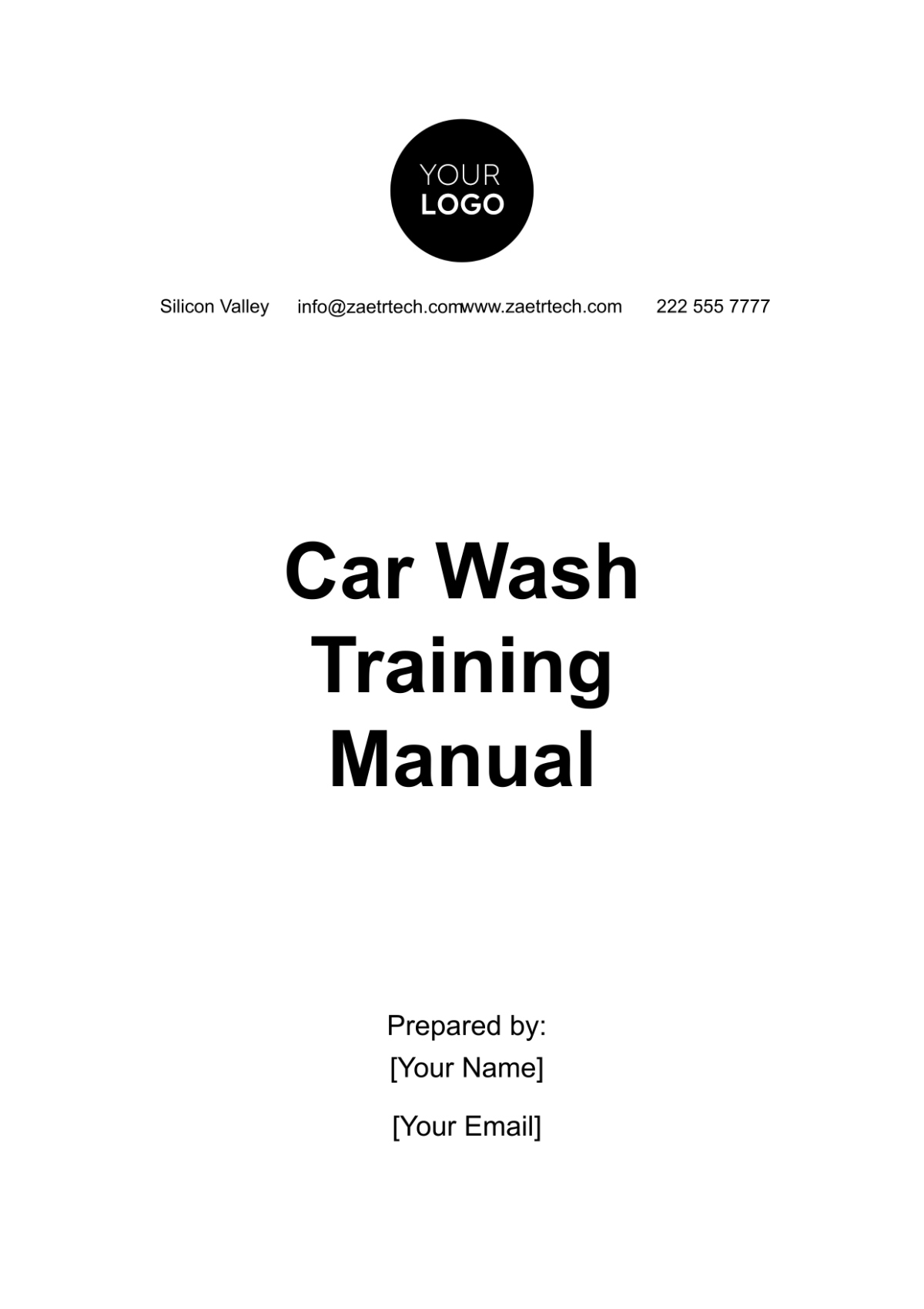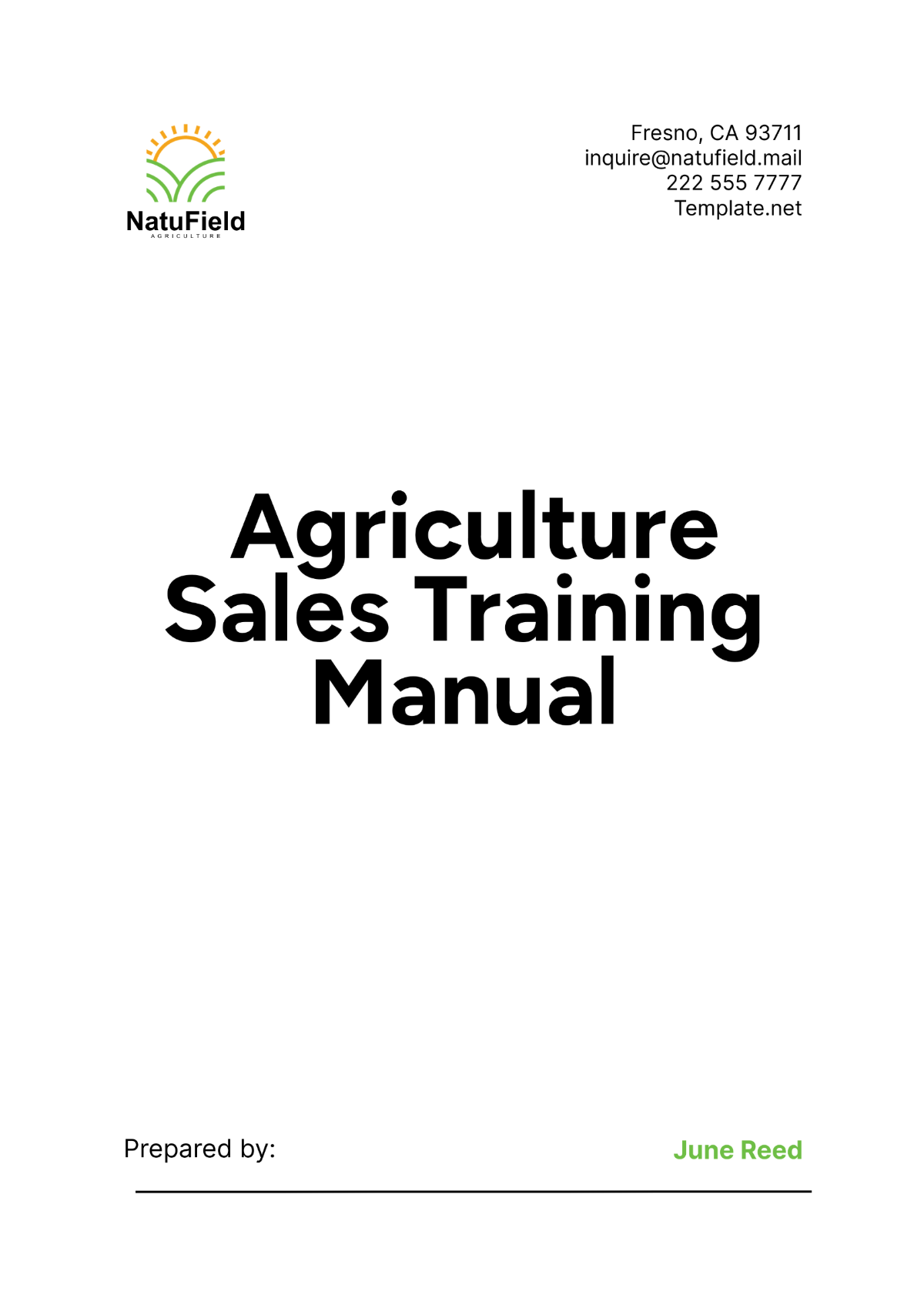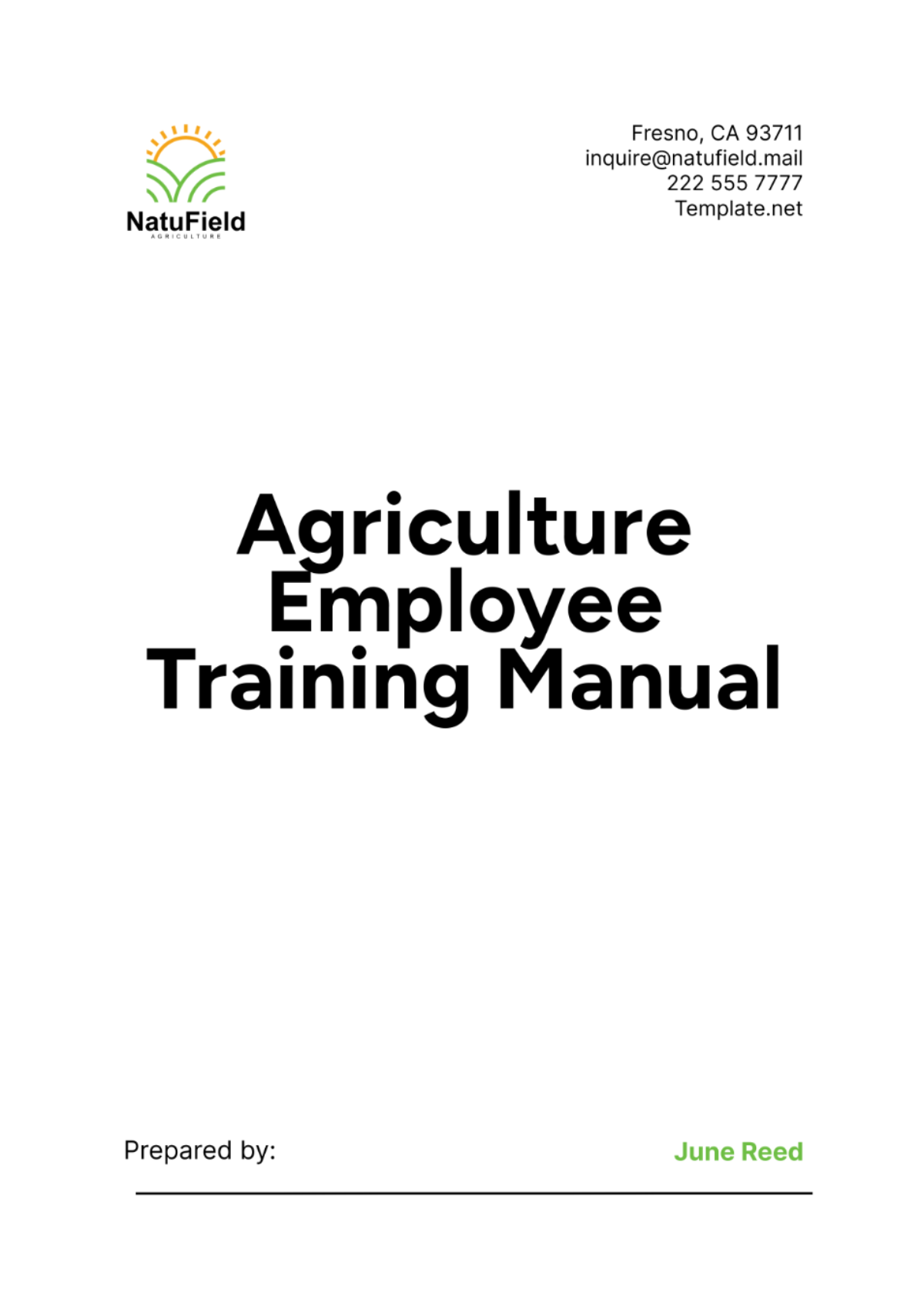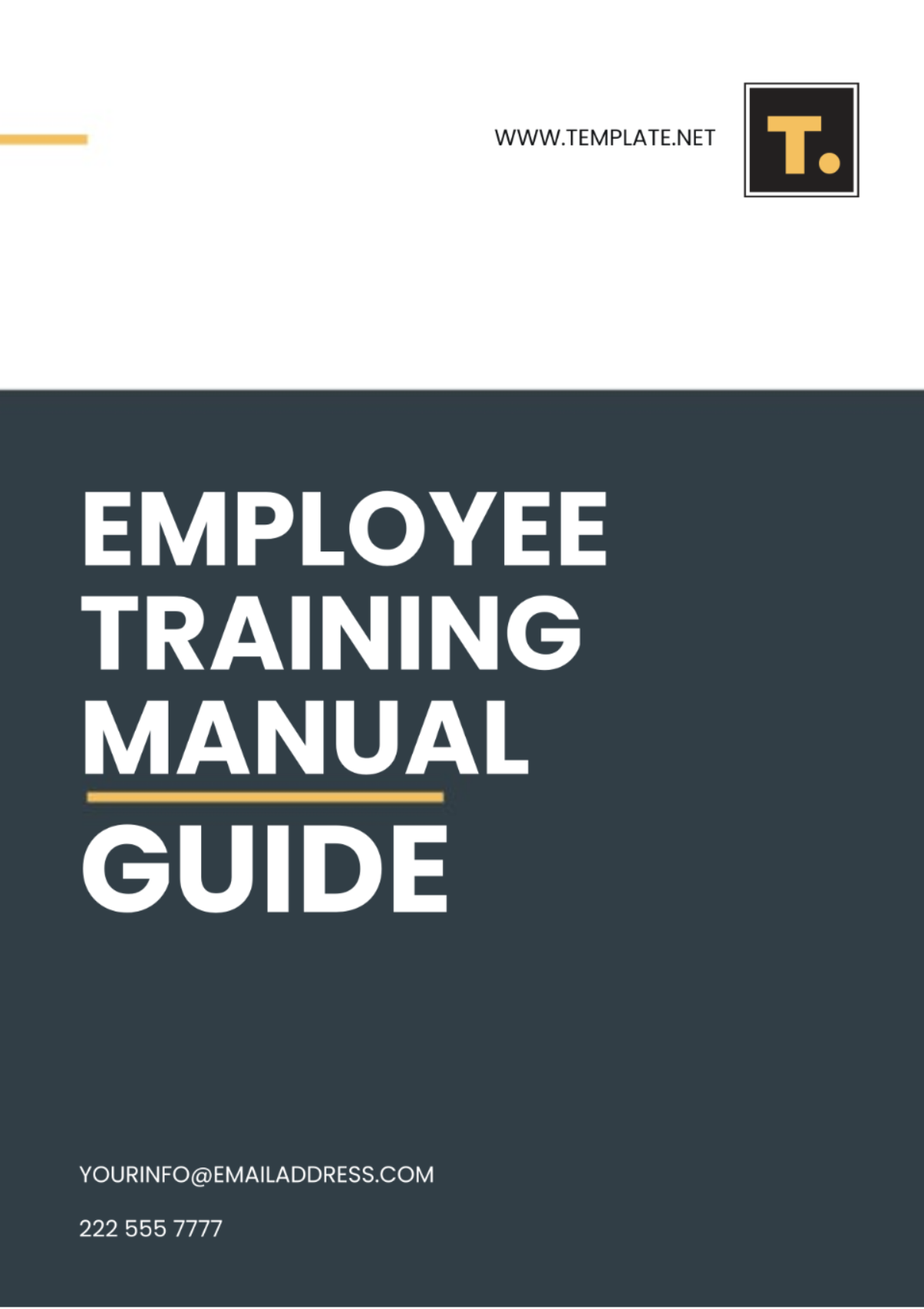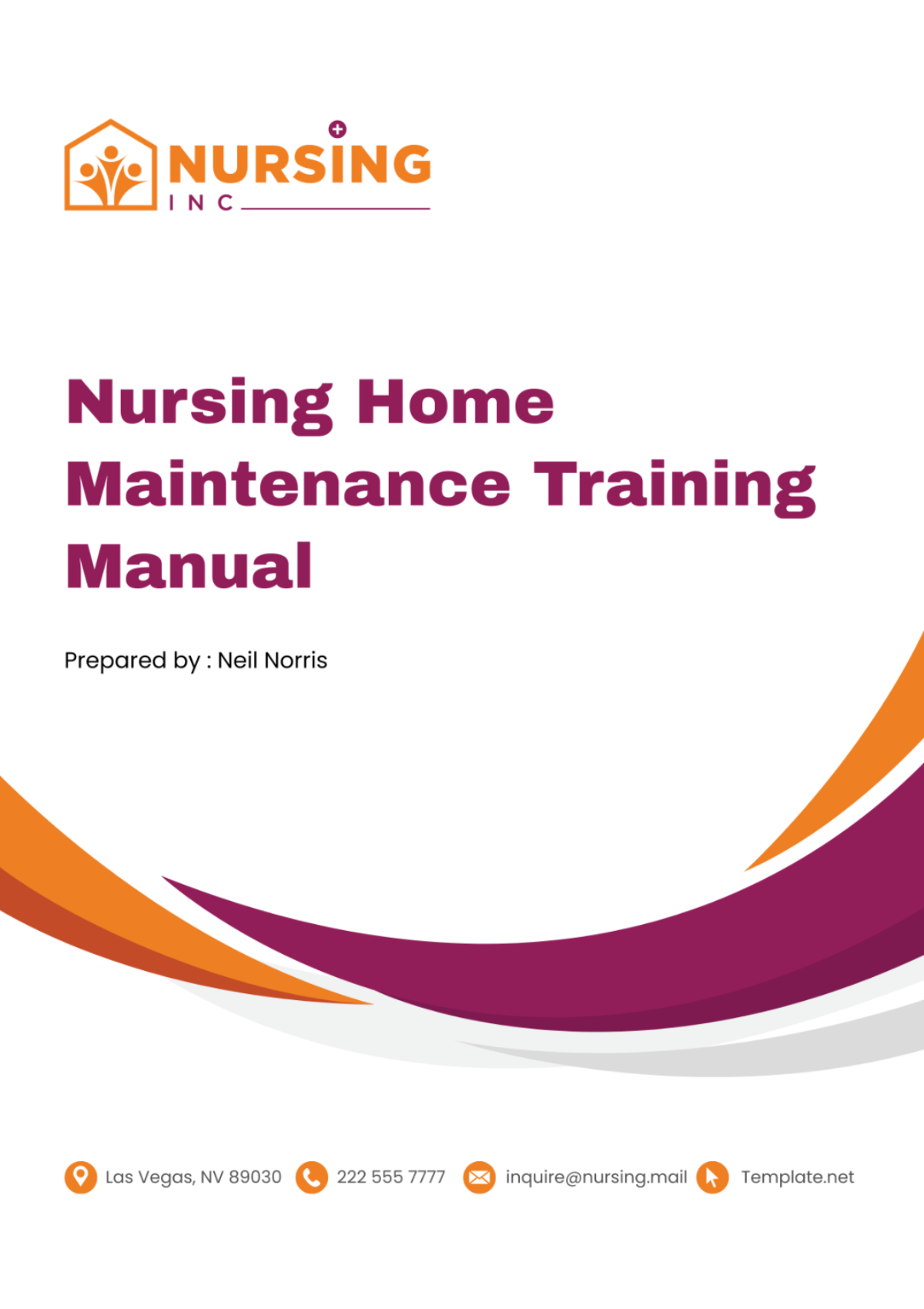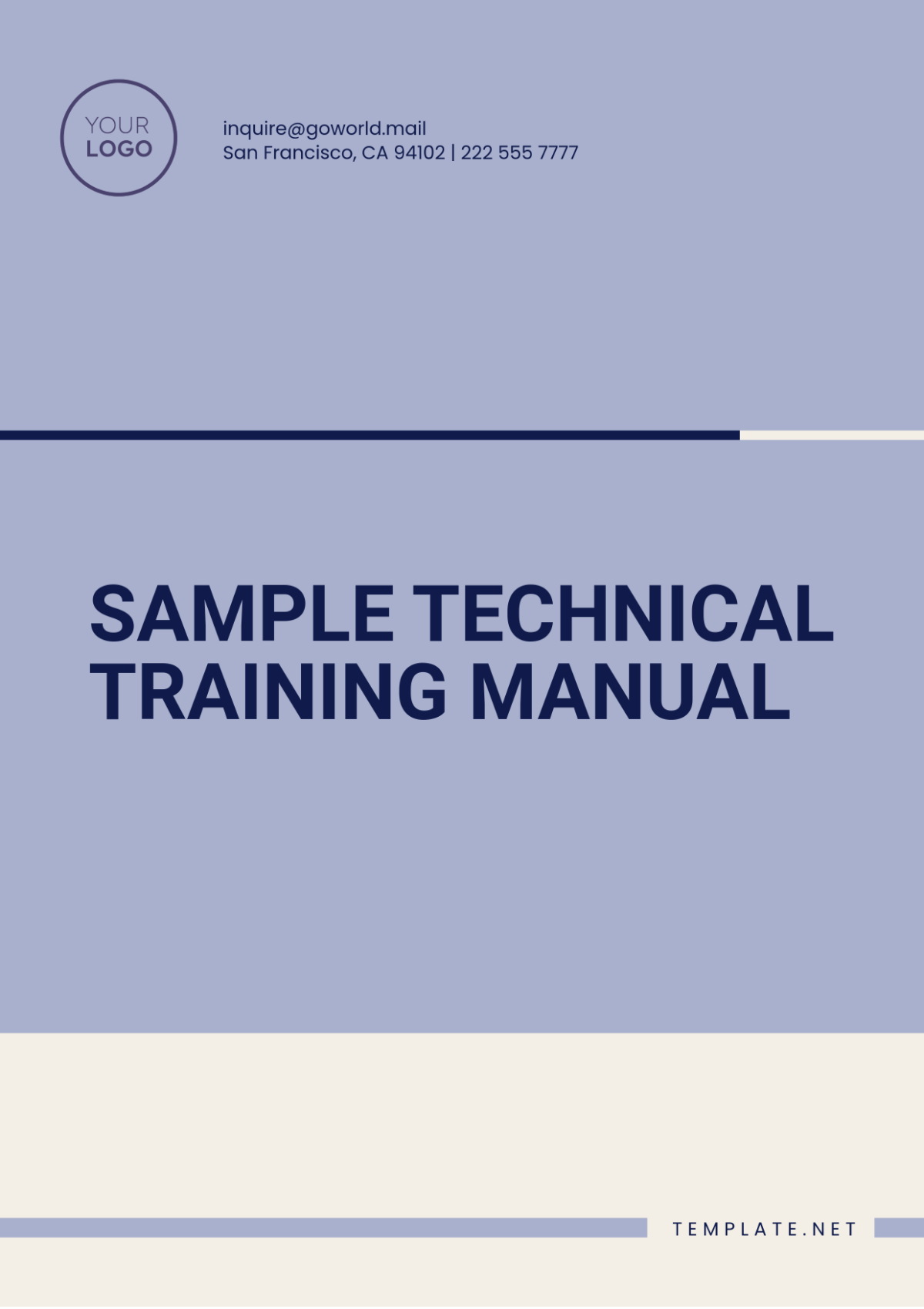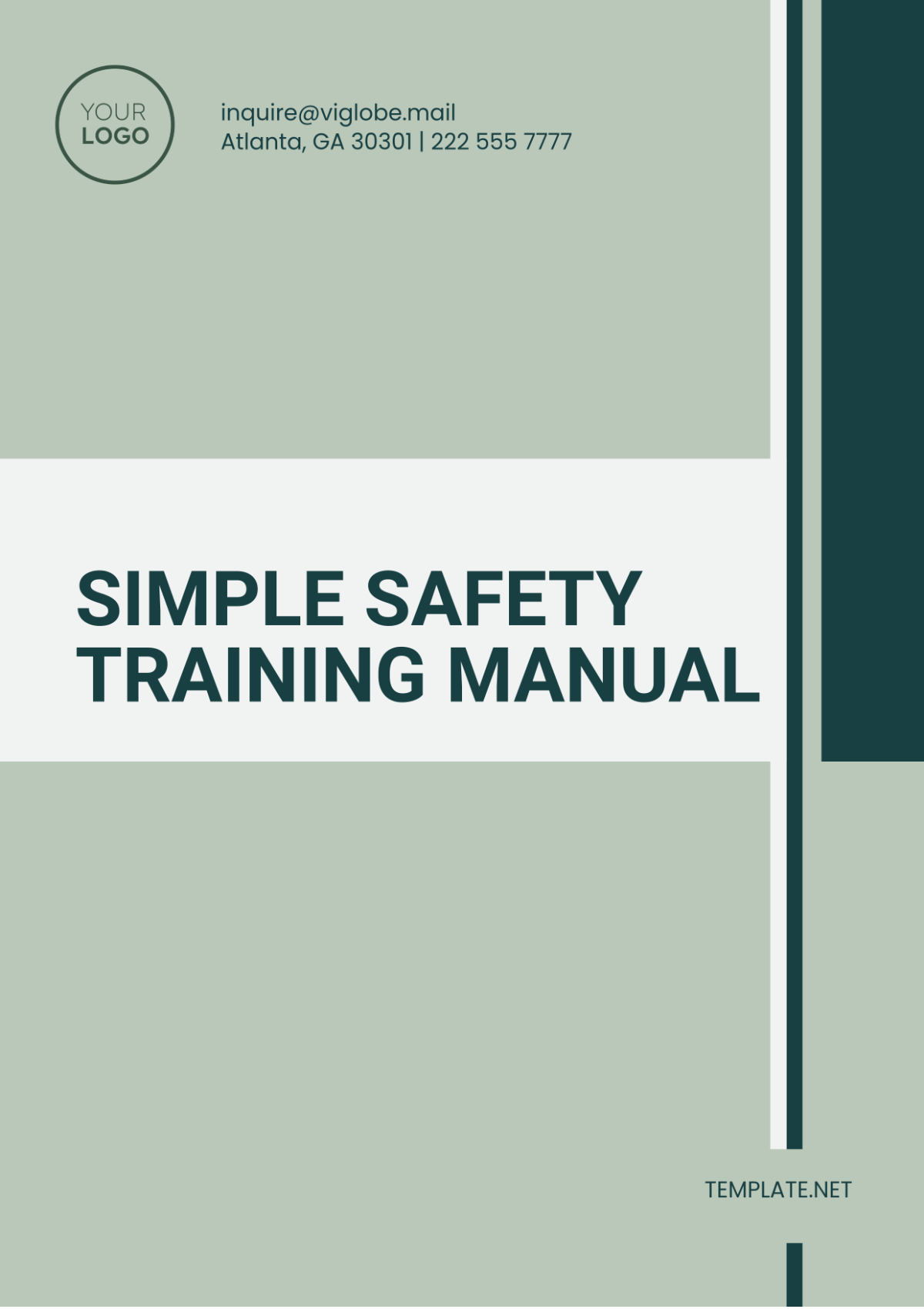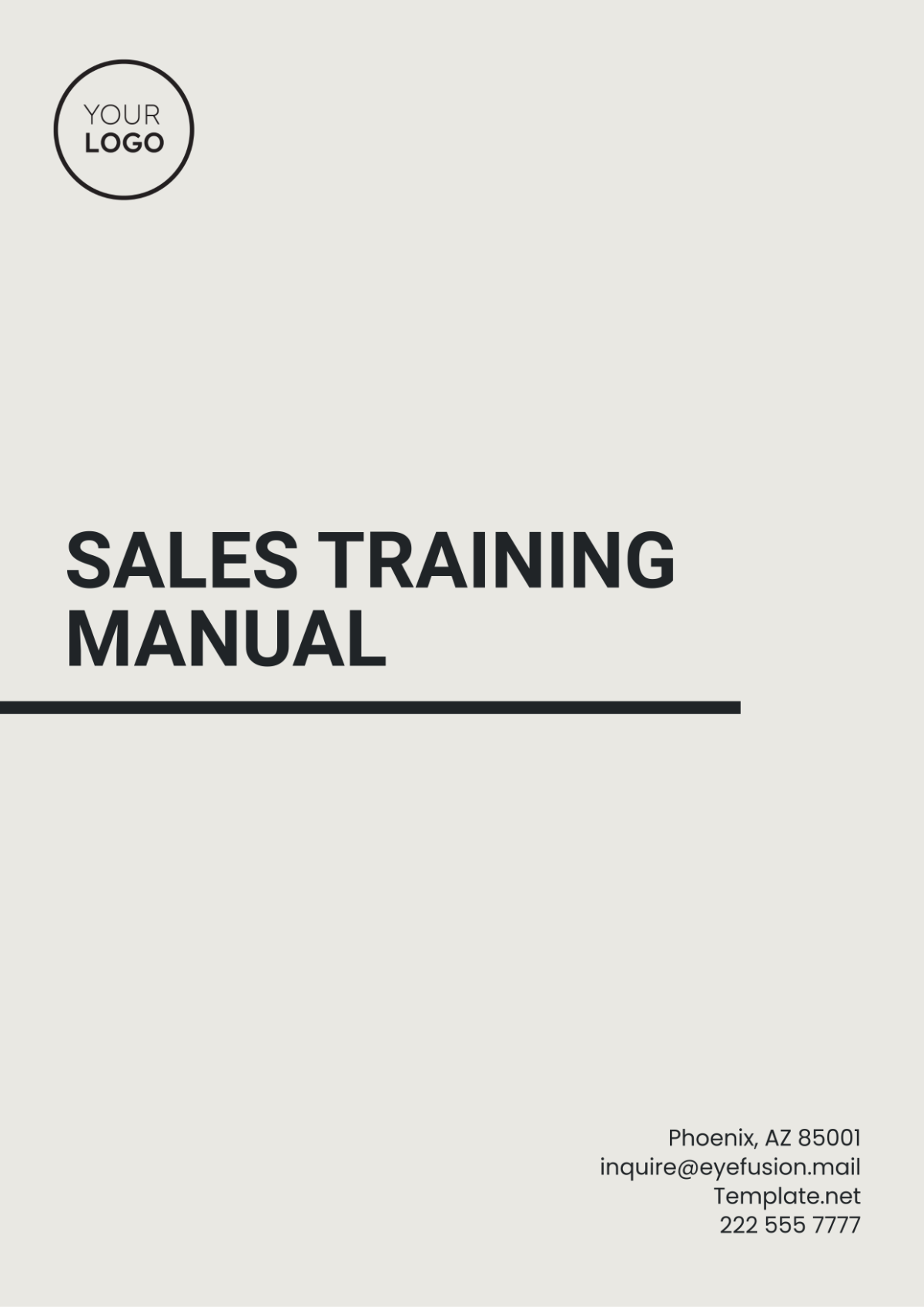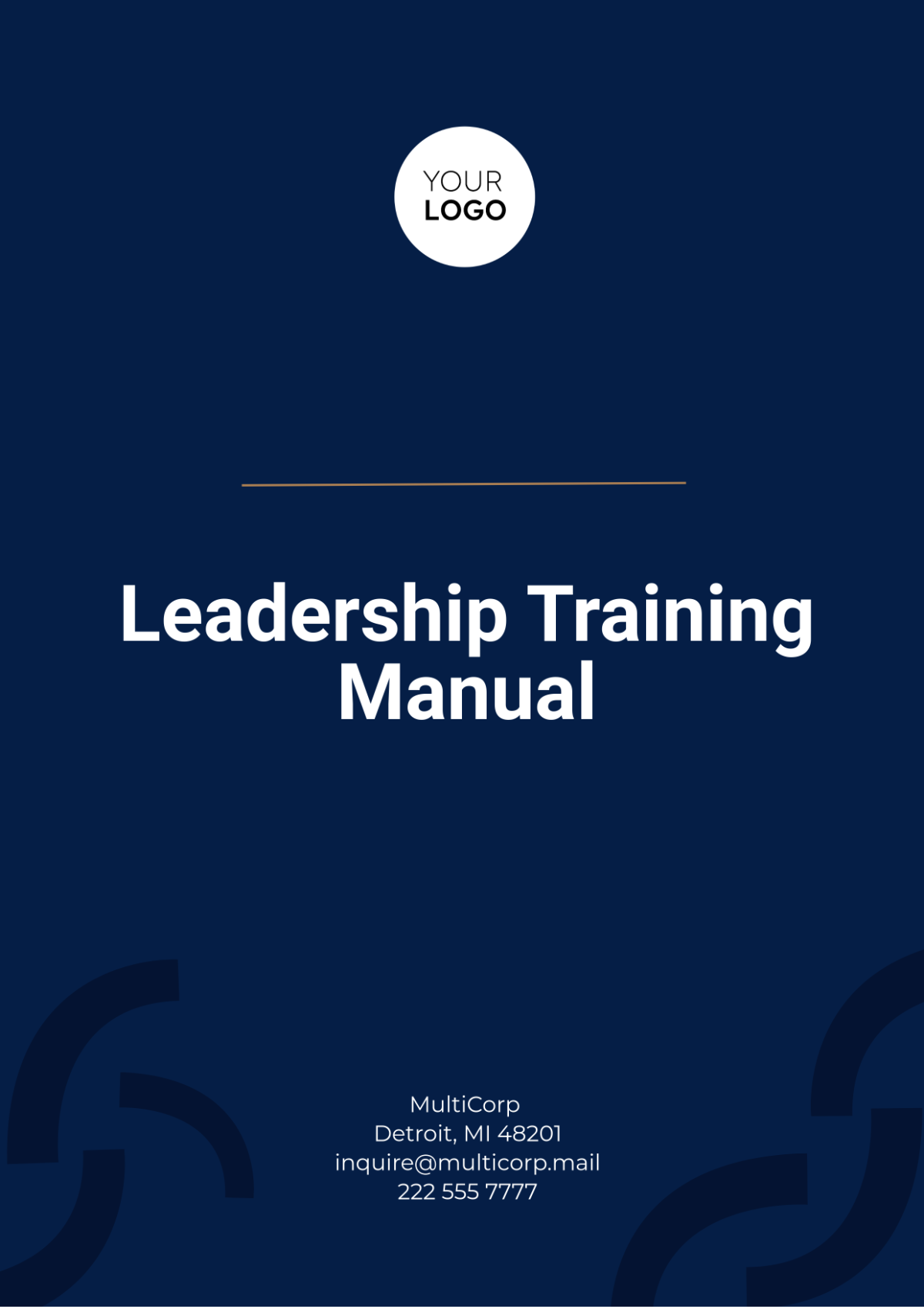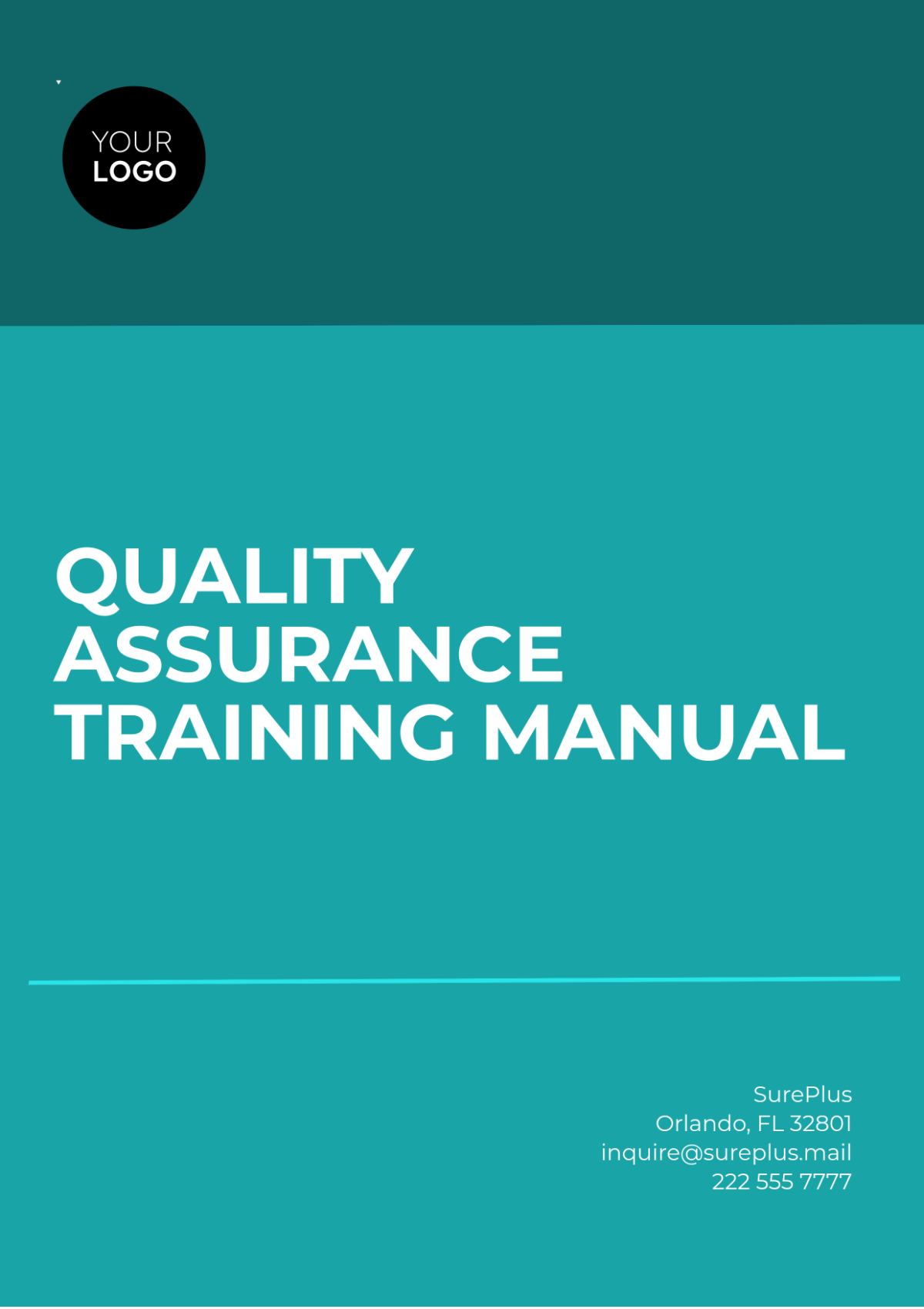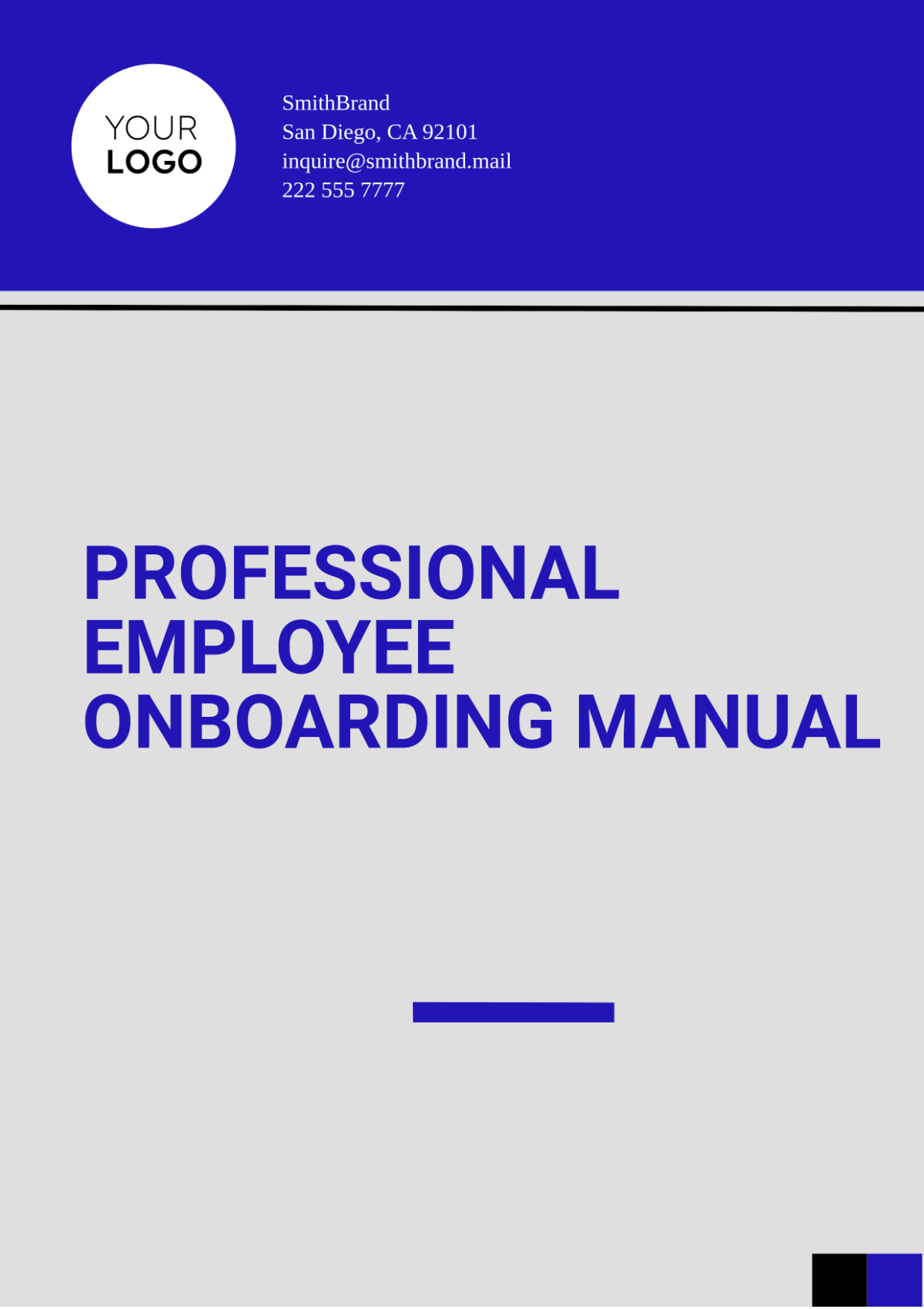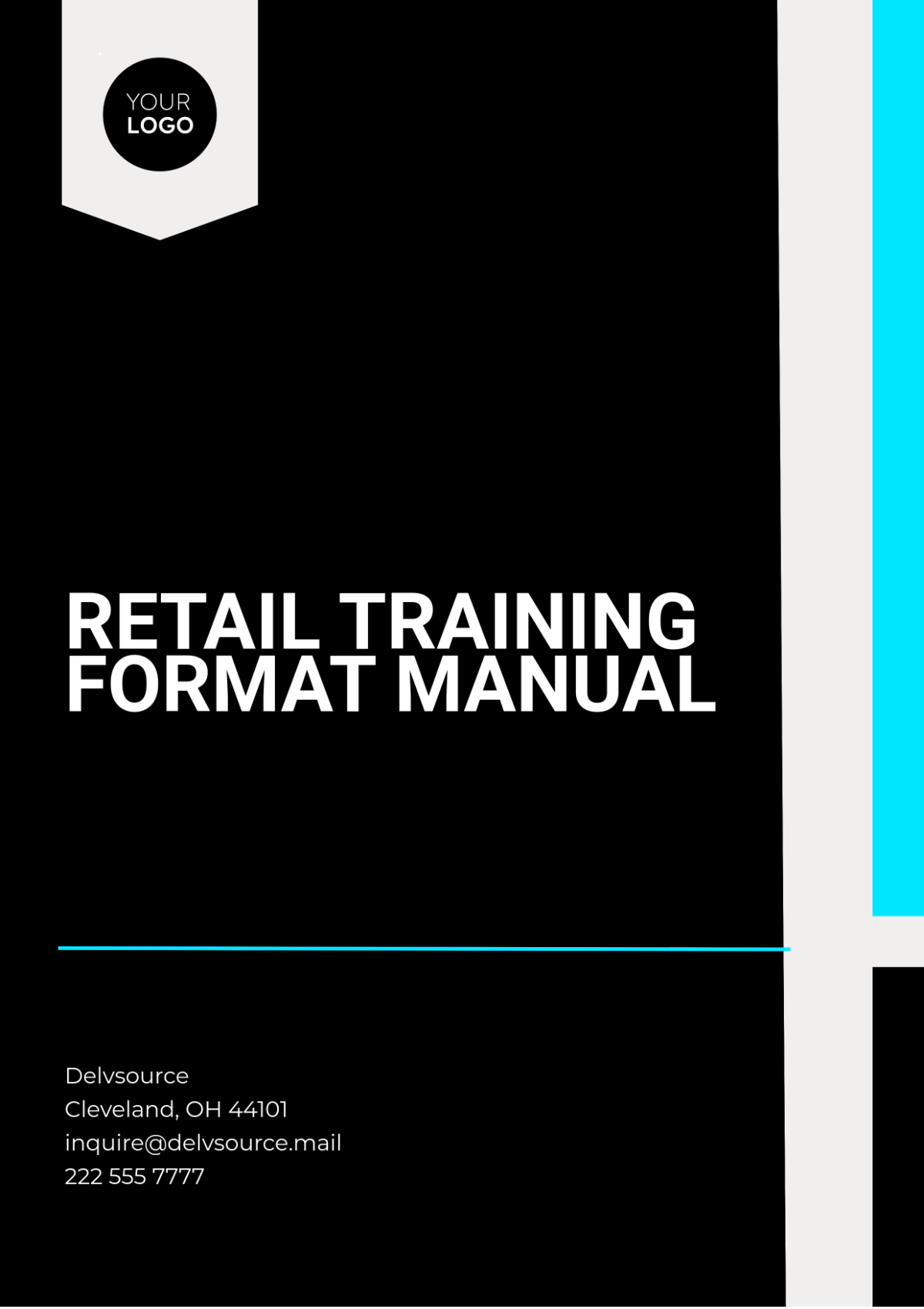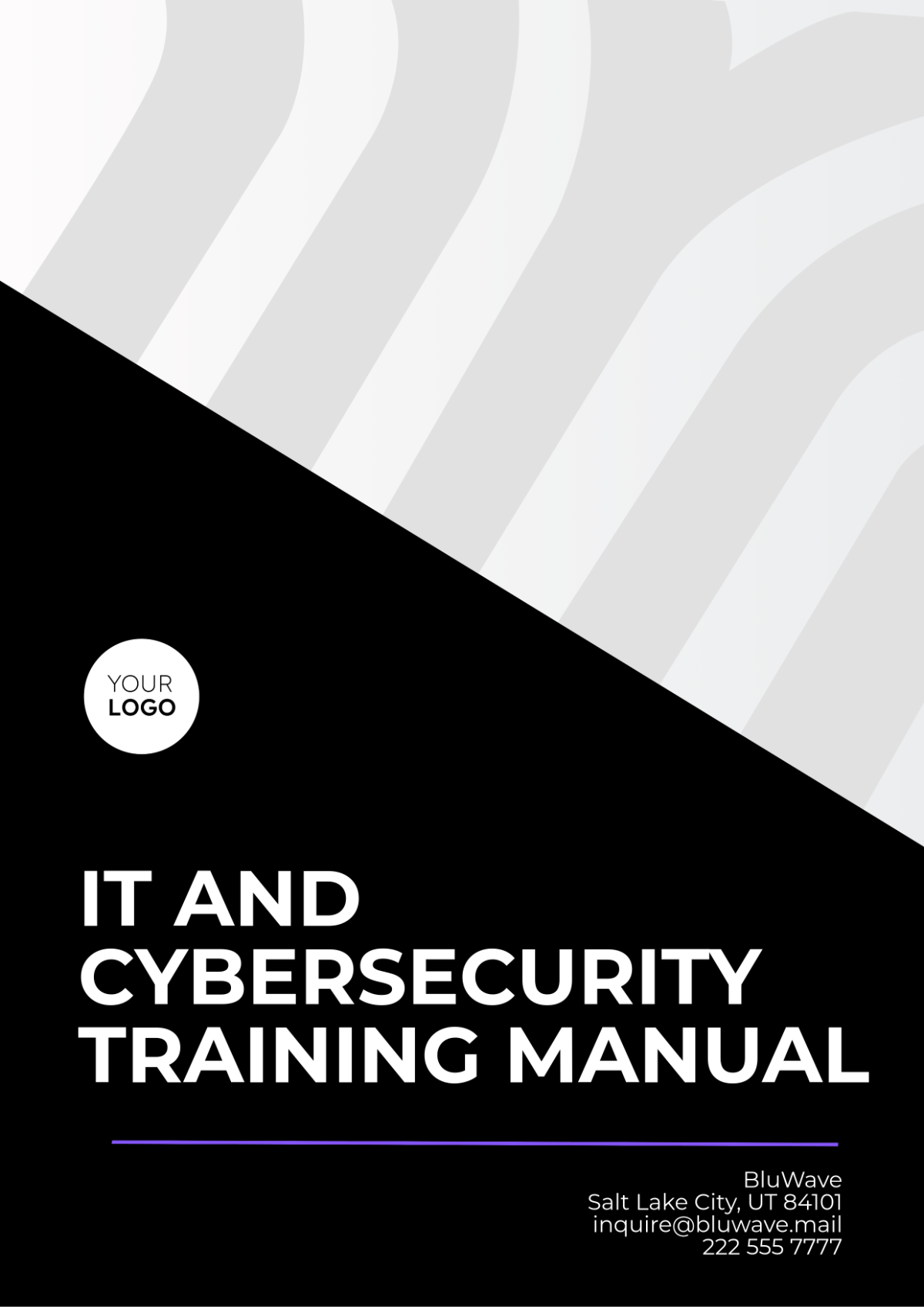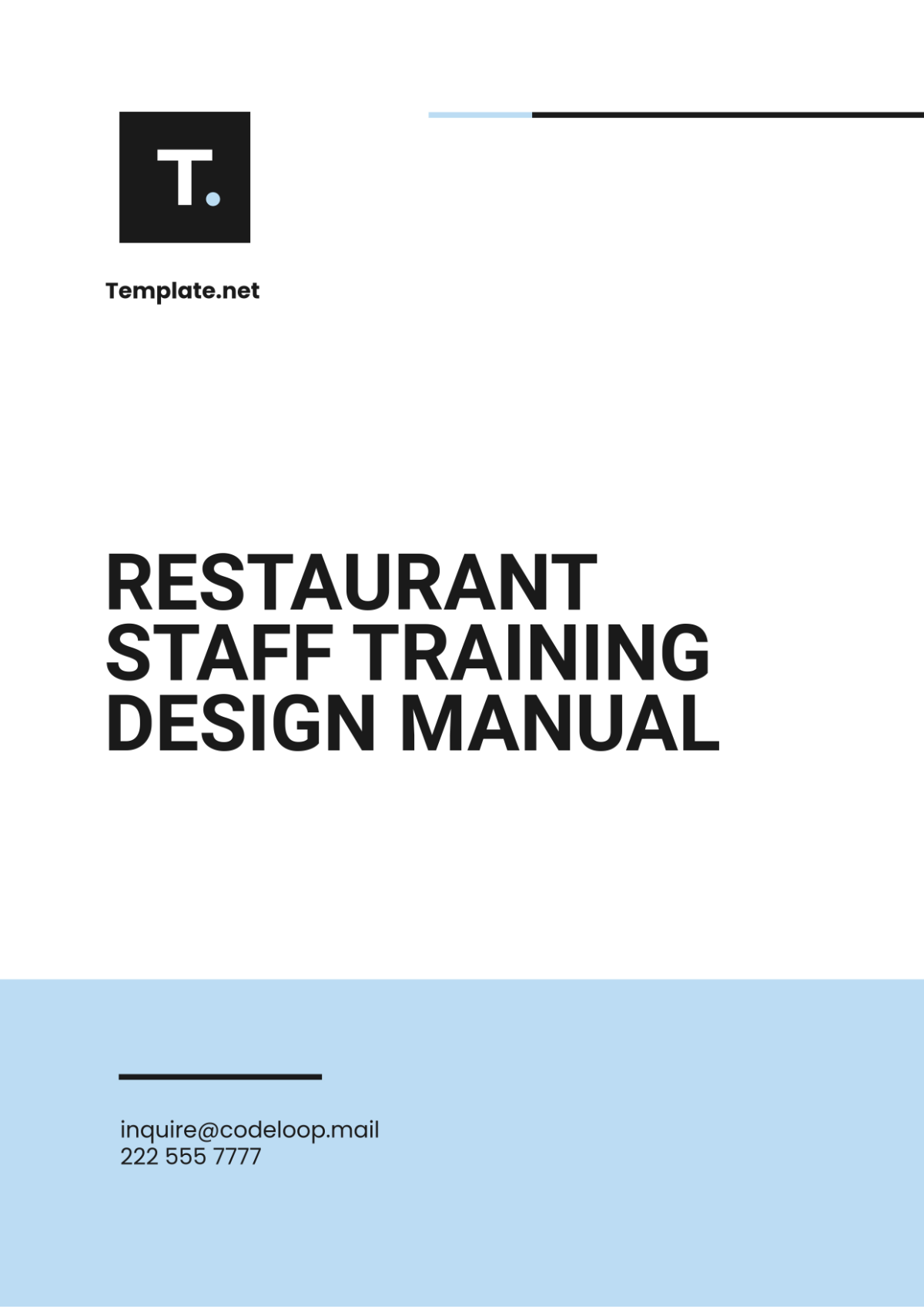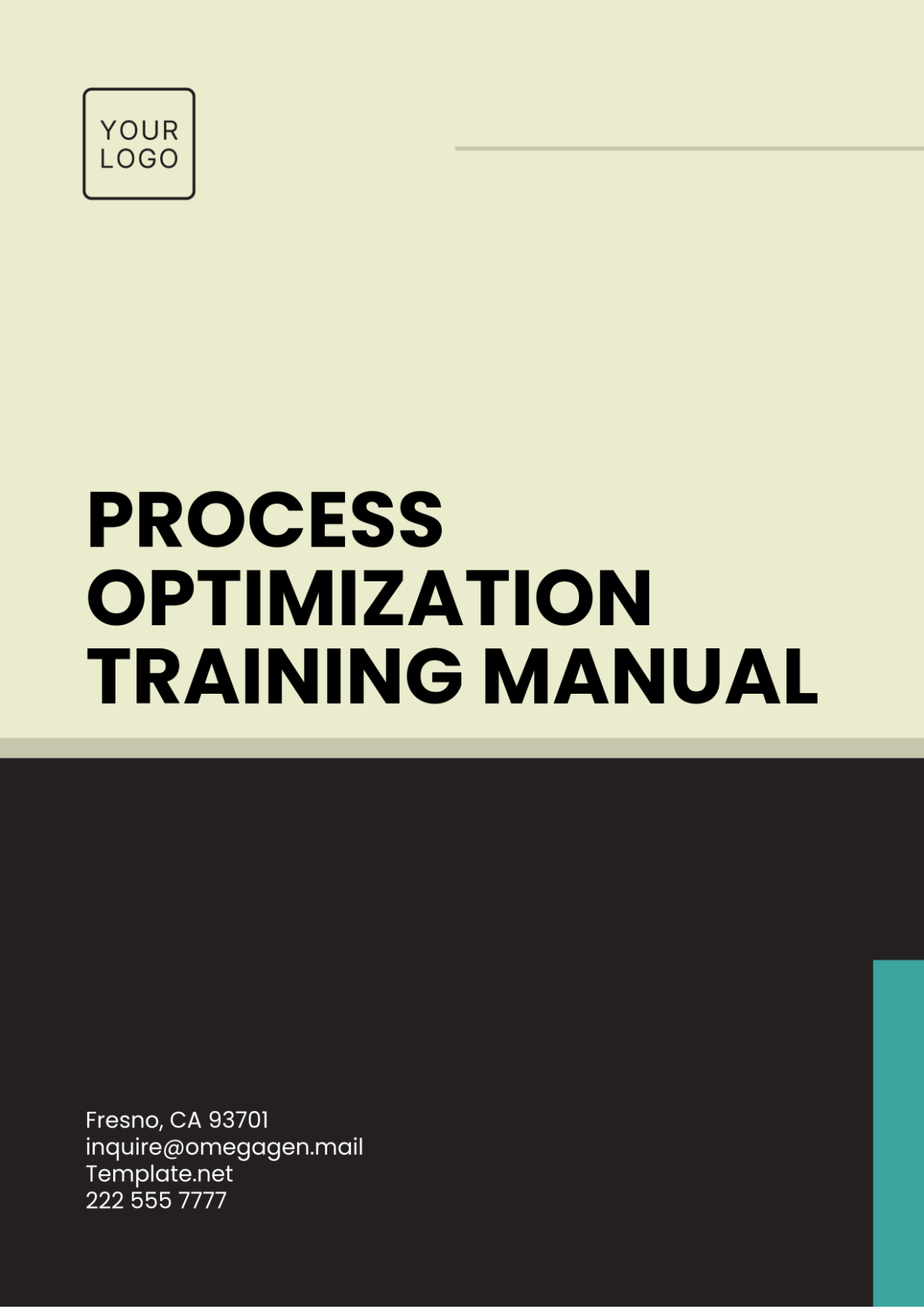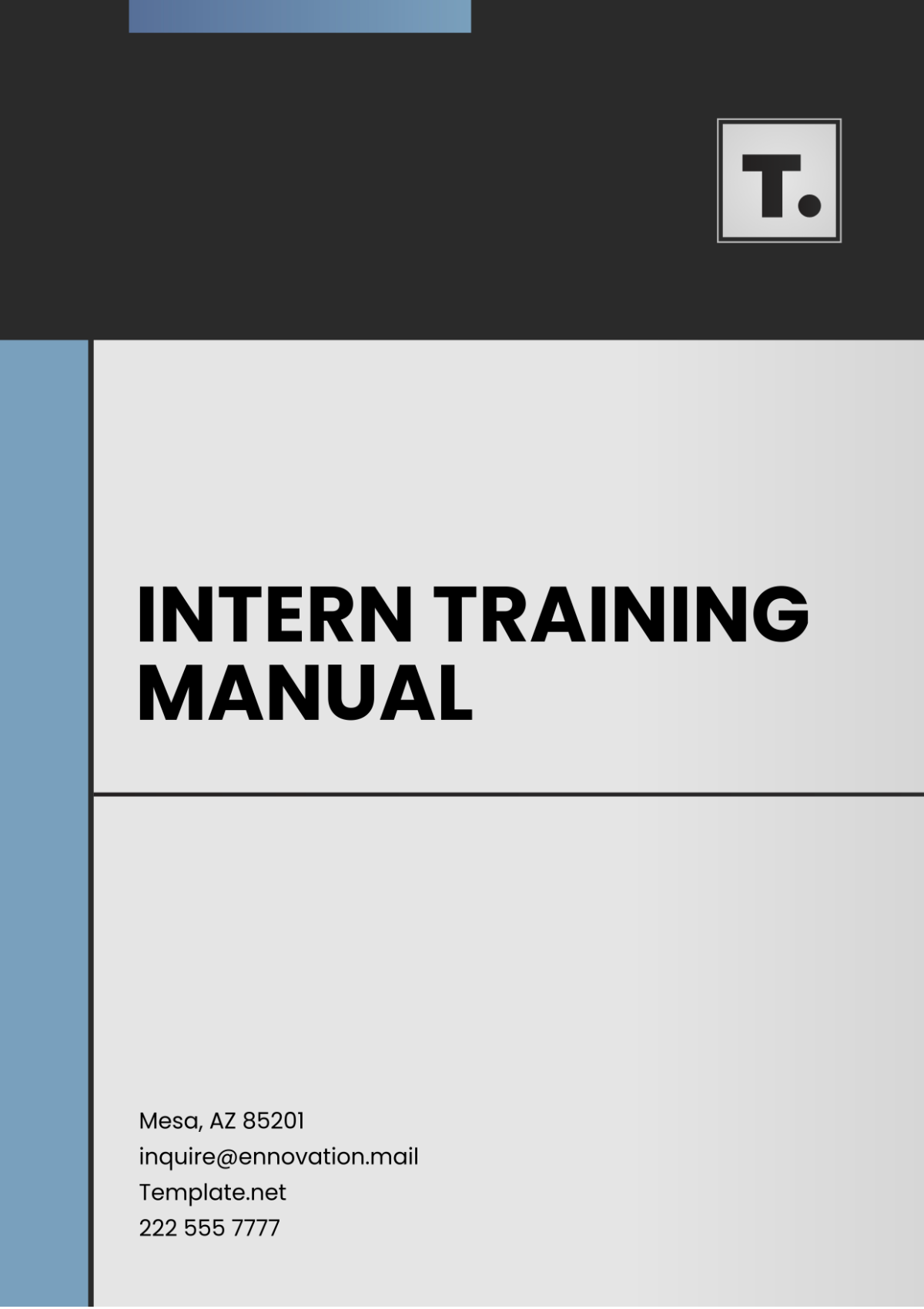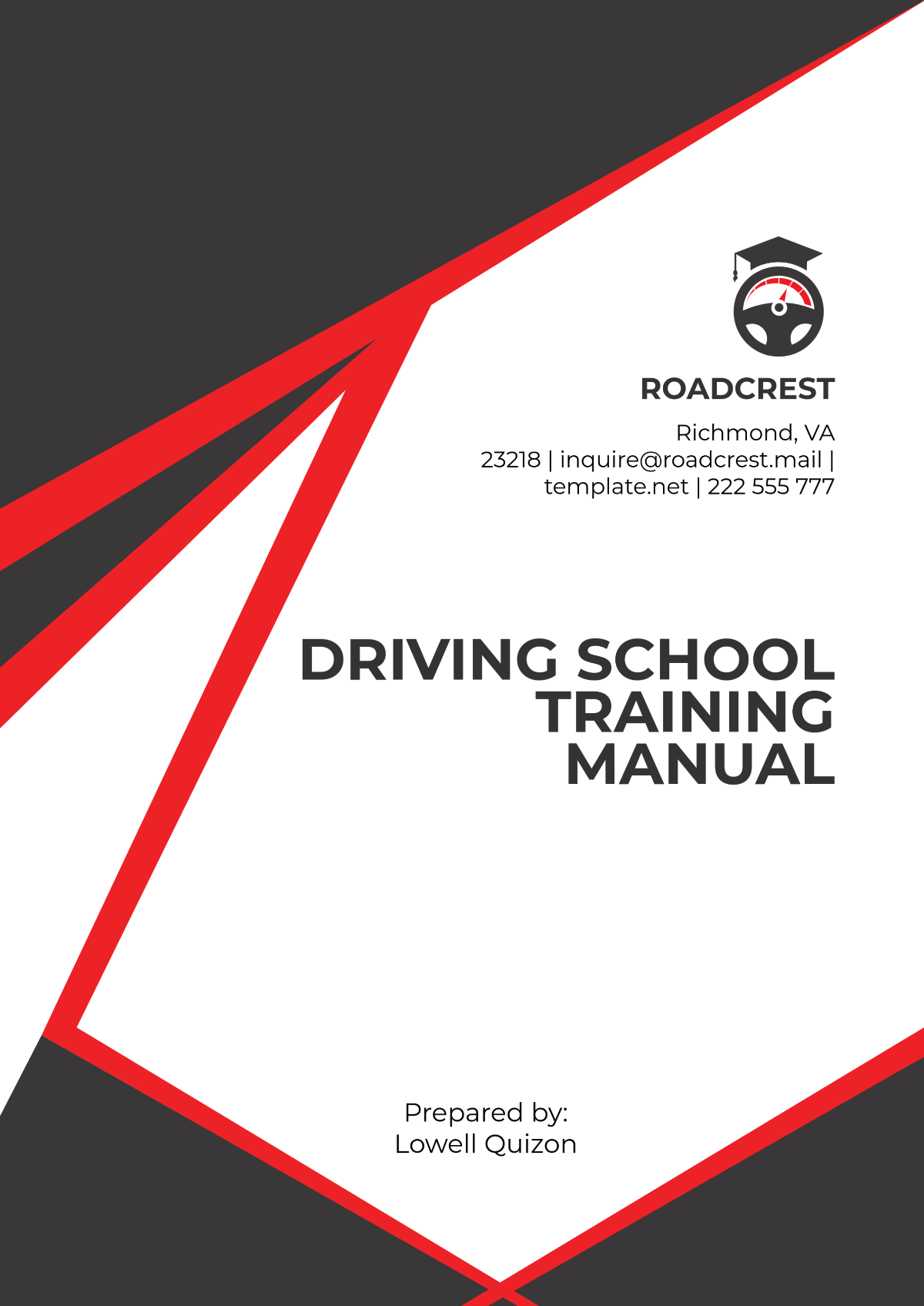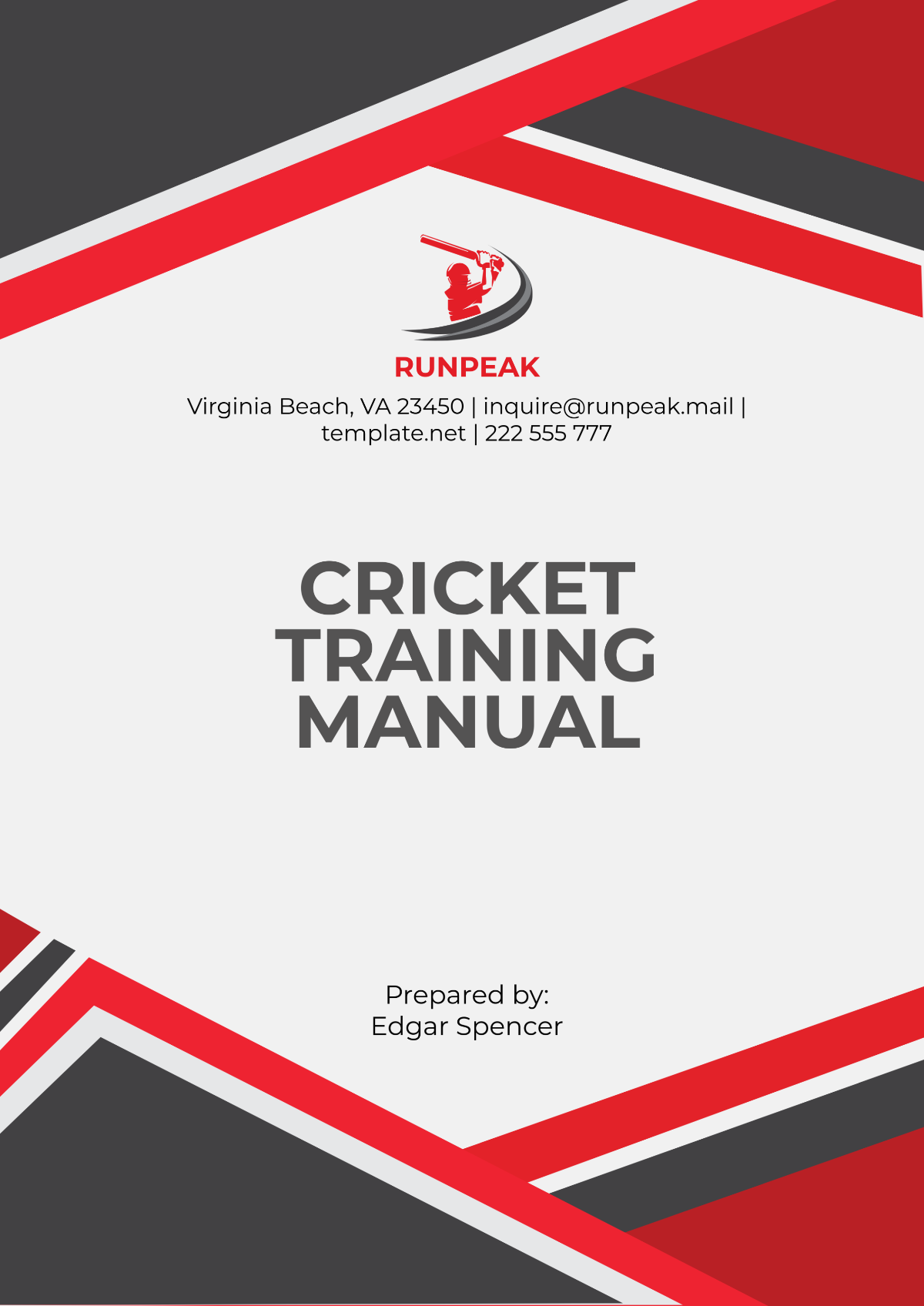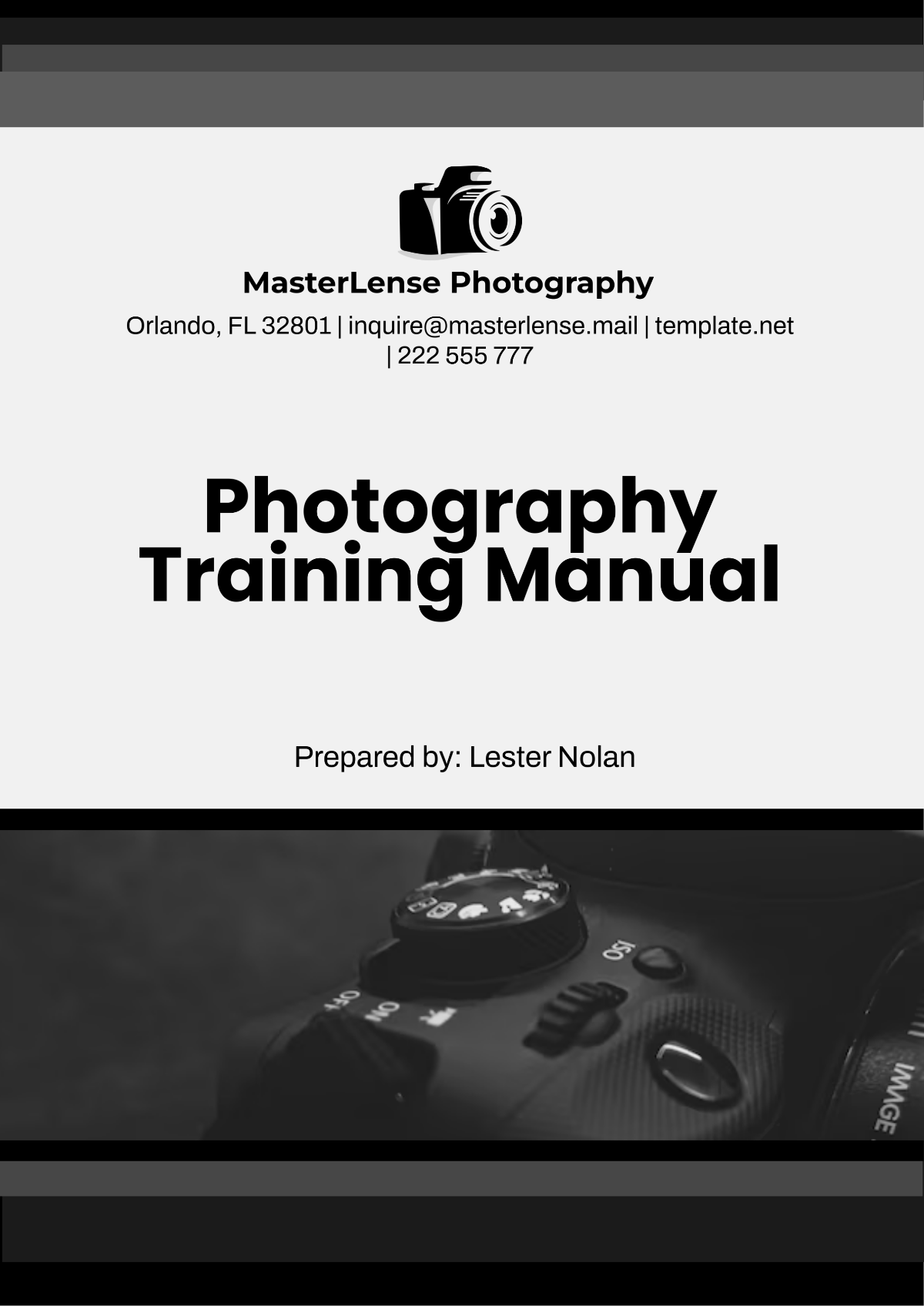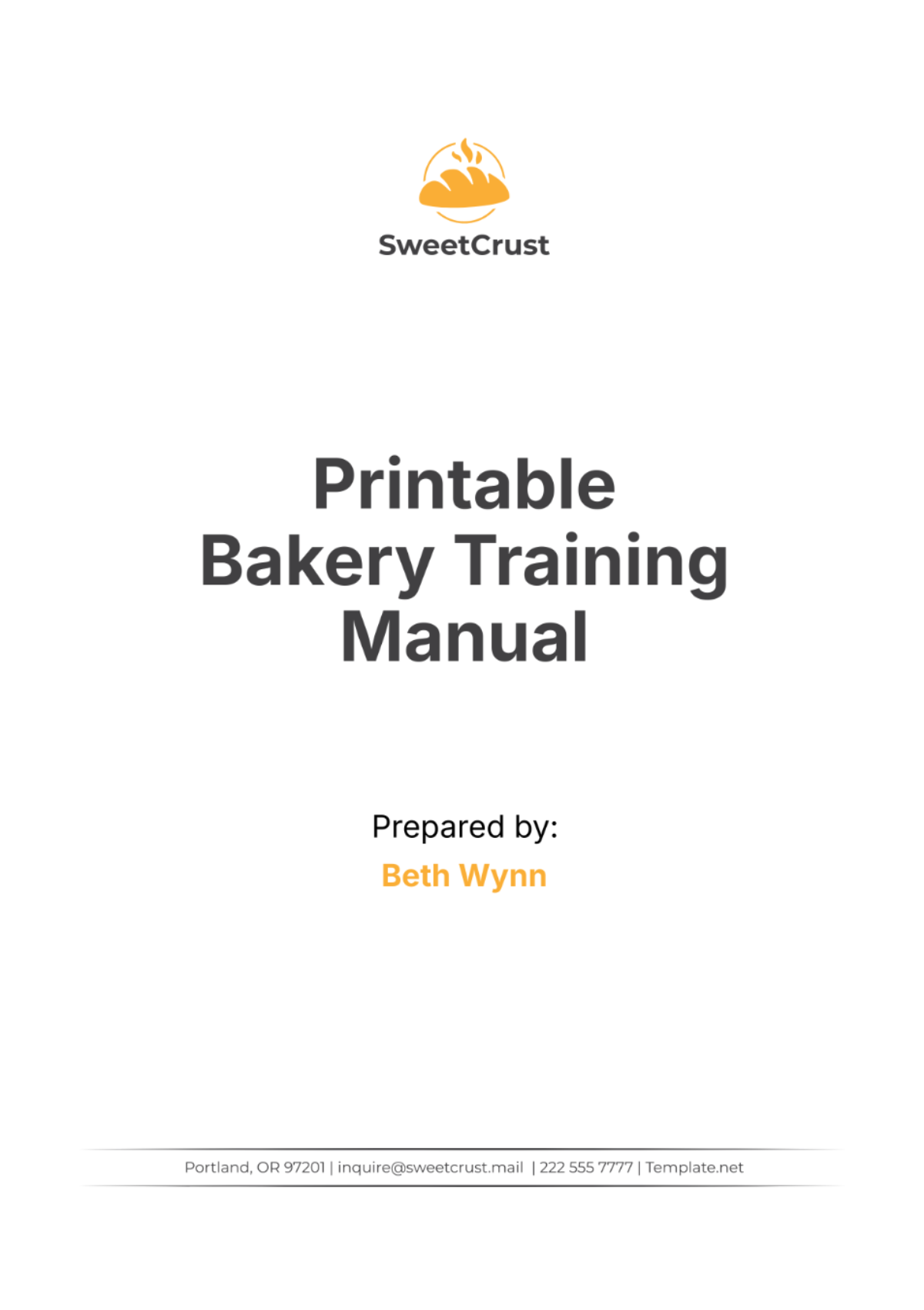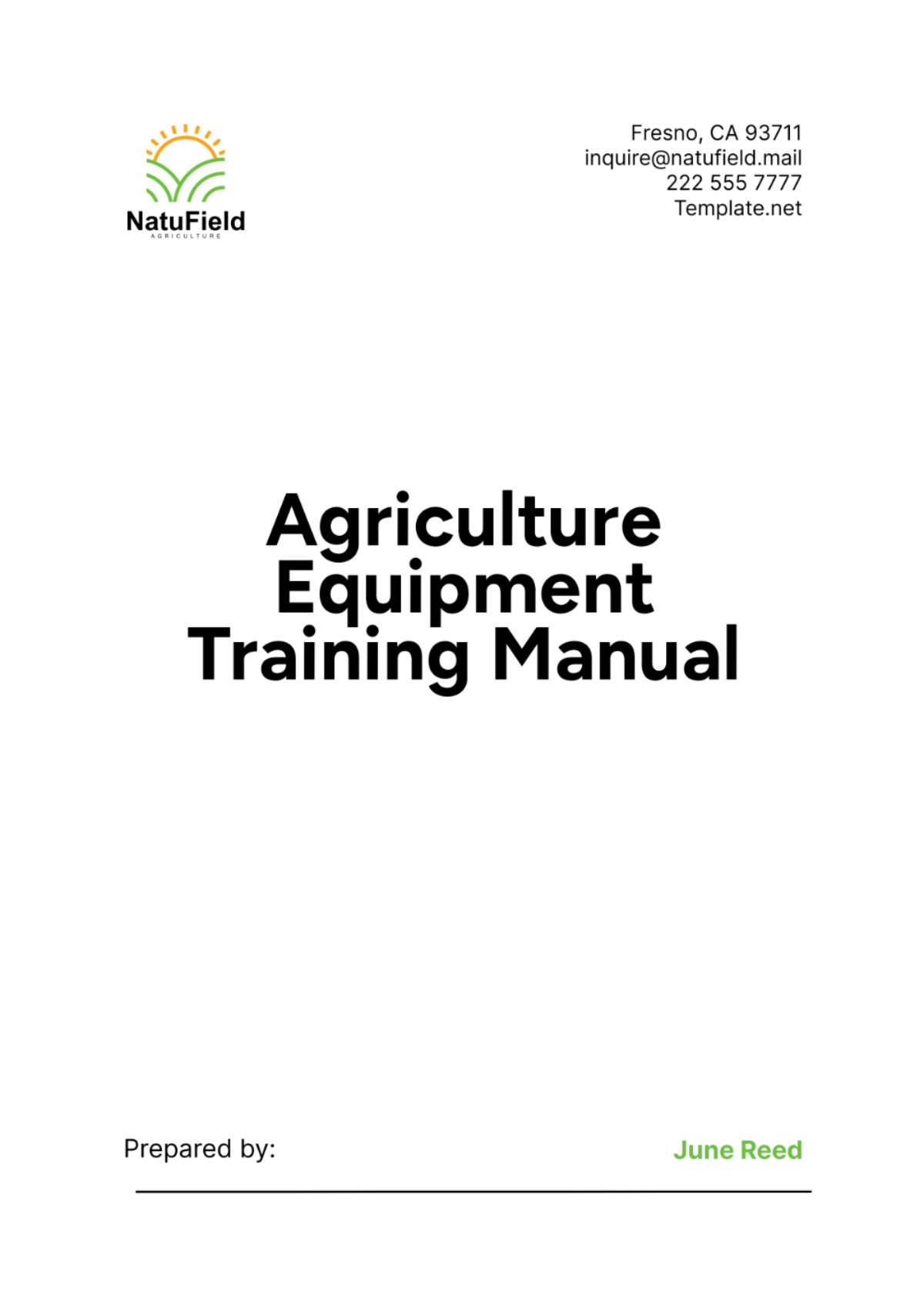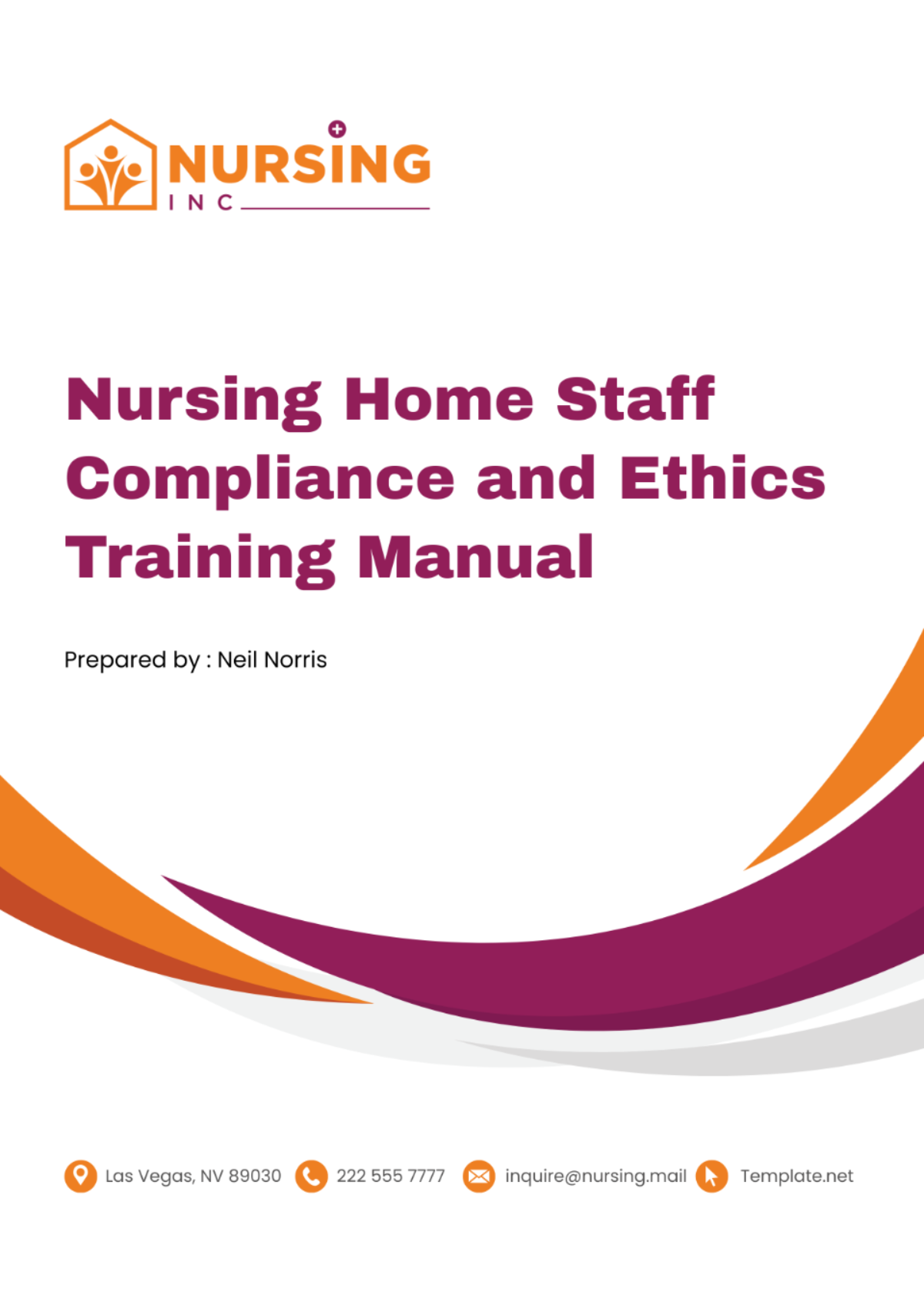Sample Technical Training Manual
Name | [YOUR NAME] |
|---|---|
Company | [YOUR COMPANY NAME] |
Department | Advanced System Engineering |
Date | [DATE] |
I. Introduction
At [YOUR COMPANY NAME], we deliver cutting-edge technical training that empowers our teams and stakeholders. Welcome to the 2050 Technical Training Manual, designed to provide comprehensive guidance on Quantum Computing and AI Integration to members of the Advanced Systems Engineering department and other related stakeholders. This manual serves as a critical resource for both novices and experienced professionals, guiding them through the foundational and advanced aspects of quantum computing and artificial intelligence.
I.I Purpose
The purpose of this manual is to equip team members and partners with the technical knowledge and practical skills required to excel in their roles within [YOUR COMPANY NAME]. By following the instructions and guidelines provided, participants will gain a strong understanding of Quantum Computing and AI Integration. These skills are vital for contributing effectively to next-generation projects and tasks, as our company leads the way in cutting-edge technological solutions.
I.II Scope
This manual covers a comprehensive range of topics related to Quantum Computing and AI Integration, including but not limited to:
Quantum Circuit Design
AI-Driven Quantum Algorithms
Error Correction in Quantum Computing
AI-Powered Data Processing
II. Getting Started
Before you dive into the technical content, it is crucial to familiarize yourself with the structure and organization of this manual. Below are guidelines on how to navigate through the document and optimize your learning experience.
II.I Prerequisites
Ensure you meet the following prerequisites before proceeding with the training:
Basic understanding of Quantum Mechanics and Artificial Intelligence.
Access to Quantum Simulation Software and AI Development Tools.
A commitment to dedicating time to hands-on learning and practice.
II.II Support and Resources
If you encounter challenges or have questions, reach out to your colleagues in the Advanced Systems Engineering department or our designated trainers. Additionally, consult the list of recommended resources in this manual for further exploration of Quantum Computing and AI Integration.
III. Core Concepts
In this section, we cover the foundational concepts of Quantum Computing and AI Integration. A strong grasp of these concepts is essential for developing a more advanced understanding later in the manual.
III.I Overview of Quantum Computing
Quantum Computing is a revolutionary field that leverages the principles of quantum mechanics to process information. Unlike classical computing, which uses bits, quantum computing operates on qubits, allowing for significantly more complex computations at exponentially faster speeds.
III.II Key Terminology
Familiarize yourself with the following essential terms:
Qubit: The fundamental unit of quantum information.
Superposition: A quantum state where a qubit can be in multiple states simultaneously.
Quantum Entanglement: A phenomenon where qubits become correlated in ways that classical systems cannot replicate.
IV. Practical Applications
This section provides practical applications of the core concepts introduced earlier. By engaging in hands-on exercises and analyzing real-world case studies, you will develop the skills needed to apply Quantum Computing and AI Integration in a professional setting.
IV.I Hands-on Exercises
Quantum Circuit Simulation: Build and simulate basic quantum circuits using QSim 2050 software.
AI-Driven Data Processing: Implement an AI algorithm for optimizing quantum computations in a real-world dataset using Quantum-AI Bridge tools.
IV.II Case Studies
Case Study: AI-Optimized Drug Discovery
Explore how quantum computing, combined with AI, accelerated the drug discovery process in the pharmaceutical industry. Analyze the challenges, solutions, and impacts of this integration.Case Study: Quantum Computing in Financial Risk Analysis
Review the application of quantum computing in improving the accuracy and efficiency of risk analysis for financial institutions. Learn how AI models optimize quantum simulations to predict market trends more precisely.
V. Advanced Topics
This section is designed for those who seek to deepen their expertise in Quantum Computing and AI Integration. We explore more complex concepts and emerging trends in the field.
V.I Advanced Techniques
Explore advanced techniques, including:
Quantum Machine Learning (QML): Learn how to integrate quantum computing with machine learning to enhance predictive models and decision-making algorithms.
Quantum Error Correction Algorithms: Discover cutting-edge methods for mitigating errors in quantum computations, improving reliability and accuracy in complex quantum systems.
V.II Emerging Trends and Innovations
Stay informed on the latest developments shaping the future of Quantum Computing and AI Integration, including:
Quantum Cryptography: How quantum computing is revolutionizing data security through unbreakable encryption.
AI-Powered Quantum Processors: Emerging innovations that combine AI with quantum computing to create faster and more efficient processors capable of solving previously unsolvable problems.
VI. Conclusion
We hope that this 2050 Technical Training Manual has provided you with the essential knowledge and practical skills to excel in Quantum Computing and AI Integration. Remember, the field is constantly evolving, and continuous learning is key to staying at the forefront of technological advancement. Apply these insights to your projects at [YOUR COMPANY NAME], and contribute to the ongoing success of our company as we shape the future of technology.
